I watched for big and small wildlife during a three-week family trip to the archipelagos of Vesteralen and Lofoten. –
Just a few general notes: I wouldn’t consider Norway a good wildlife watching destination in general. Because of the latitude (low biodiversity), hunting and road architecture (no shoulder) it is difficult to see wildlife and stop for it while on a roadtrip. But some places like Dovrefjell, Fokstumyra Nature Reserve and Andenes I found exceptional. These and a few more locations are mentioned here.
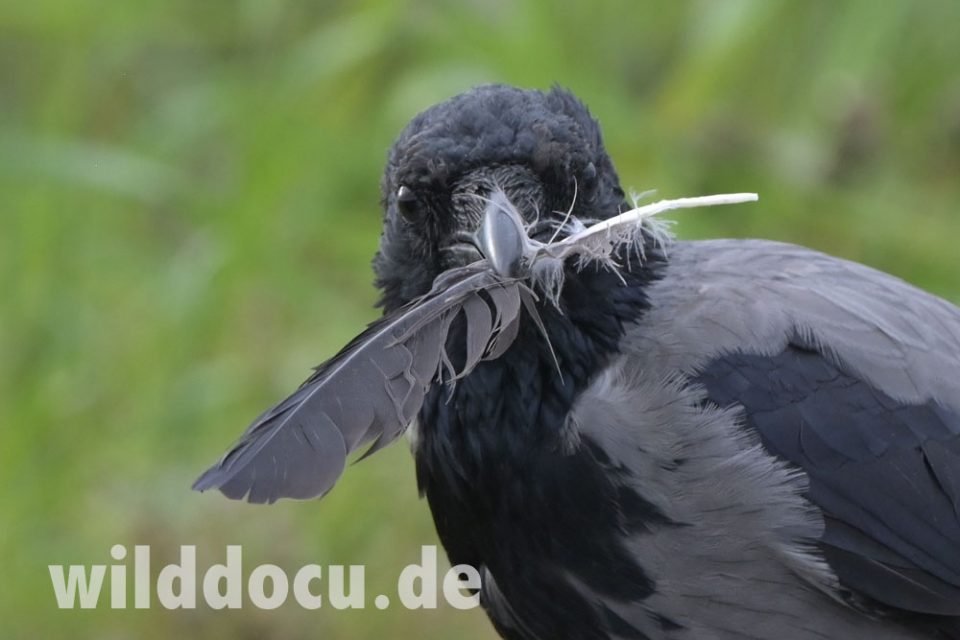
Talking about roads / traffic I have to say that driving in Norway has been a new dimension for me. After having driven in Germany – where I come from – for many years, and having visited quite a few countries, I believe Norway’s roads must be one of the savest and most relaxing in the world. Although in the north of the country there are only two-lane roads, there is no speeding and only rarely does somebody overtake. Maximum velocity on these roads in general is 80 km/h. This gives you plenty of opportunity for endless hours of radio plays (Hörspiele) – and looking for wildlife.
22-08-23, Rondetunet, Campground near Rondane NP: After a long drive we hike to the summit of a hill called Knappen. We see five wild Reindeer (Rangifer tarandus) veeery faaar away.
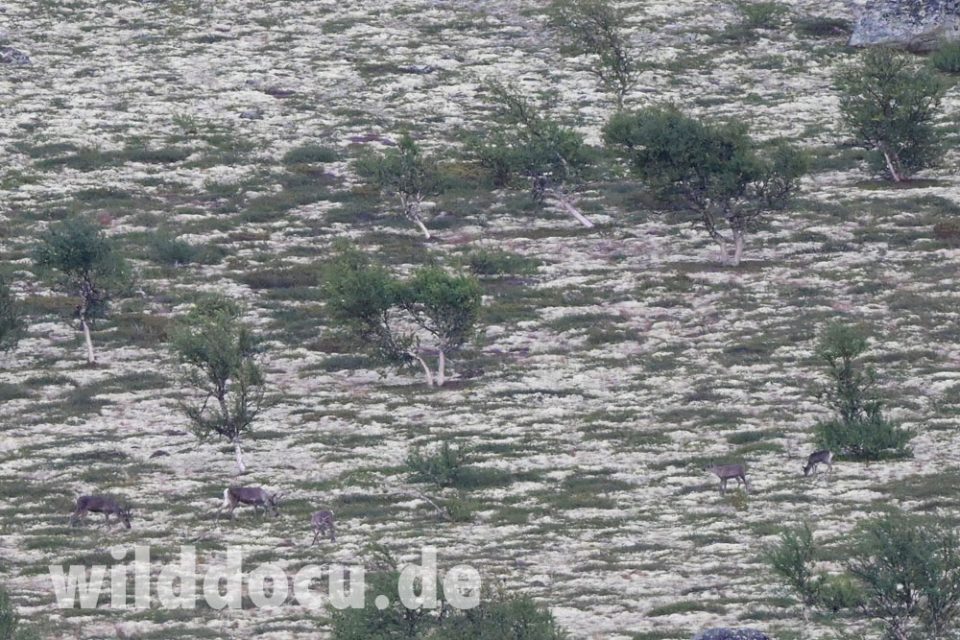
Back in camp we notice a bat: I don’t have my bat detector with me, but up here (66.834) there are not many bat species left. The Northern Bat (Eptesicus nilssonii) is most likely. It is a medium-sized bat with short and rounded ears, which starts hunting shortly after sunset. The closely related Serotine Bat does not occur in Norway. Daubenton’s, Brandt’s and Whiskered Bat are smaller. The Parti-coloured Bat occurs only up to the 60th parallel, uses more open habitats and starts hunting only after dawn. The Brown Long-eared Bat has distinctive long ears. So I believe it’s save to say the bat seen is the Northern.
The son of the campground owner tells me that he has once attracted a lynx with a roe deer carcass behind his cabin, and at another time a wolverine with the head of a Eurasian Elk (Alces alces) as bait, also next to the campground. Good to know, they are there!
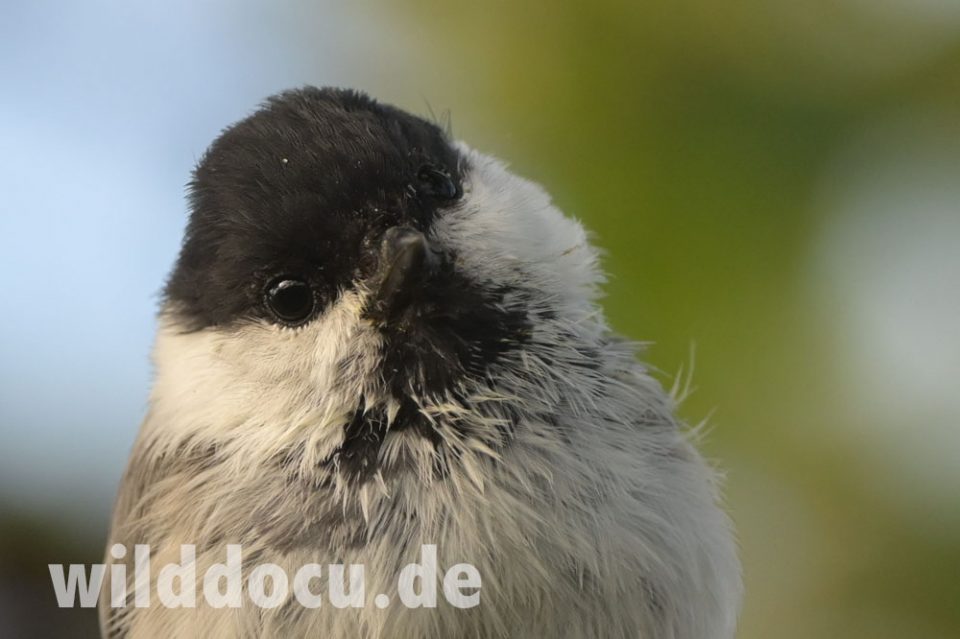
22-08-24, Rondane NP. The next morning a few Red Squirrels (Sciurus vulgaris) draw my attention.
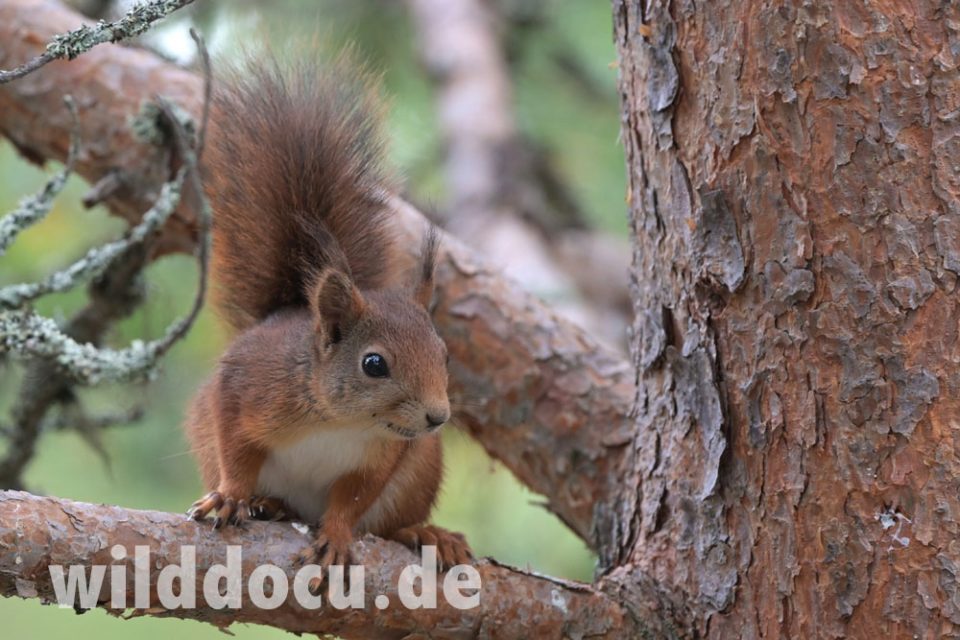
After breakfast we hike to Bjornhollia in the national park in hopes to see more Reindeer, but don’t find any.
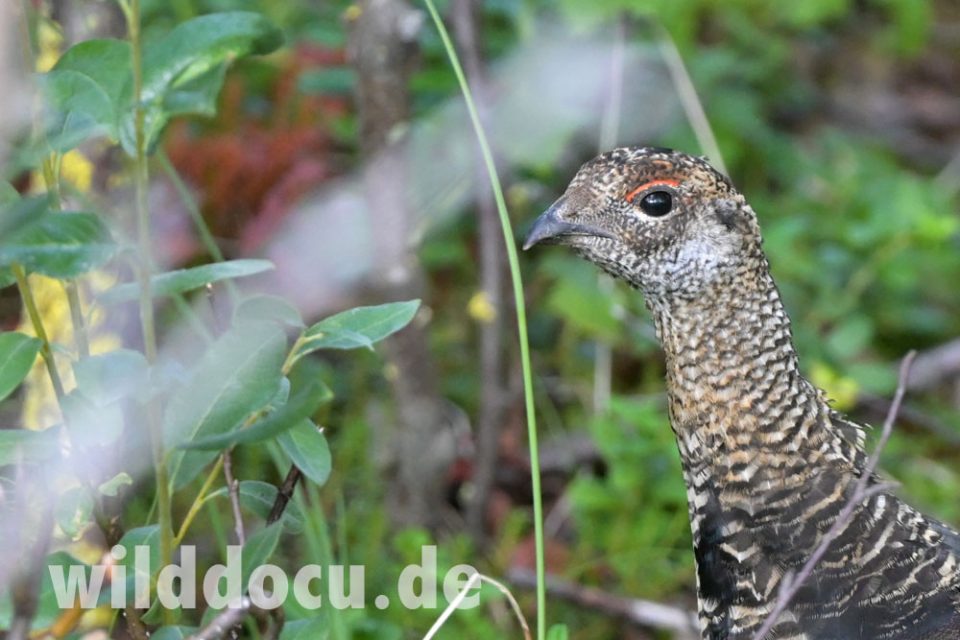
22-08-25, Levang. We see two Harbour Porpoises (Phocoena phocoena) in the fjord.
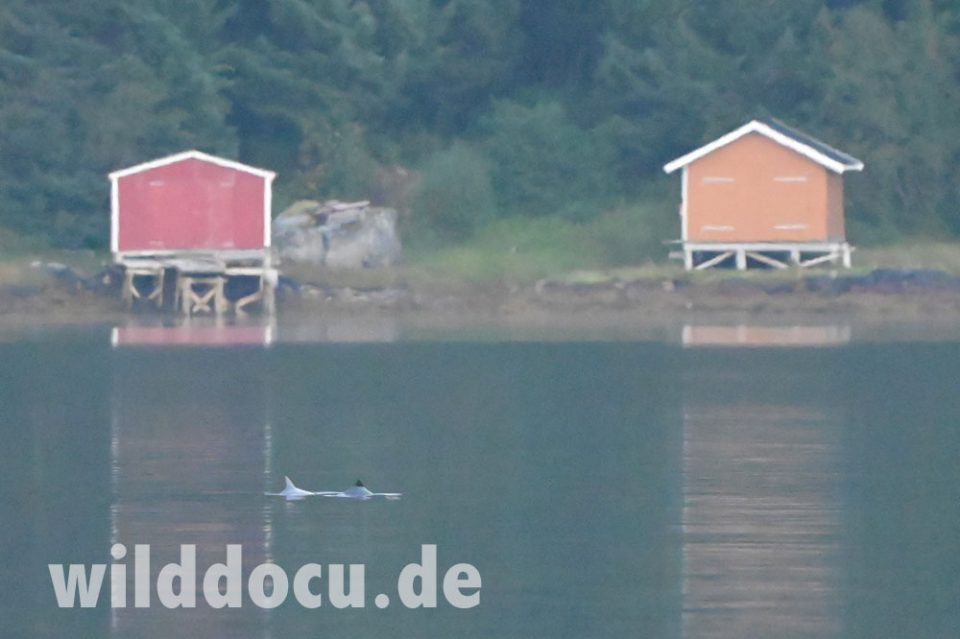
22-08-27, Saltstraumen: According to wikipedia Saltstraumen is a small strait with one of the strongest tidal currents in the world. It is located about 10 kilometres southeast of the town of Bodø. Up to 400 million cubic metres of seawater force its way through the 150-metre wide strait every six hours. Whirlpools up to 10 metres in diameter and 5 metres in depth are formed when the current is at its strongest. One source claims that the tidal current can reach 40 kilometres per hour. Fish like saithe, cod, wolffish, rose fish, and halibut is said to be abundant at Saltstraumen, which I believe should also attract fish eaters. According to lifeinnorway.net porpoises can be seen “sometimes”. We give it a try, but …
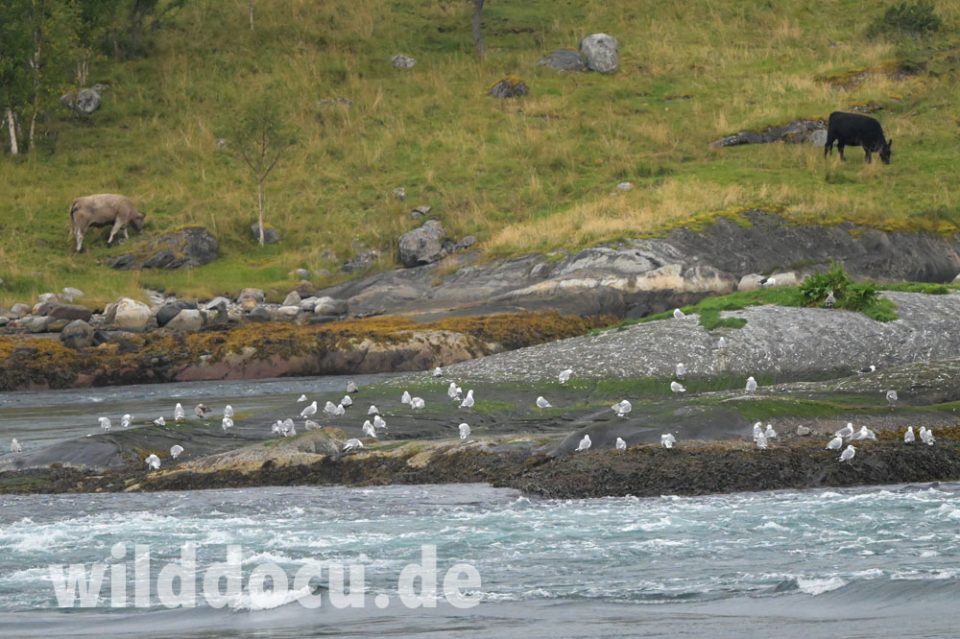
22-08-28, Andenes: We walk around the village and make reservations for our planned whale watching tour. We also visit Andøymuseet, a little museum which shows cultural and some zoological exhibits.
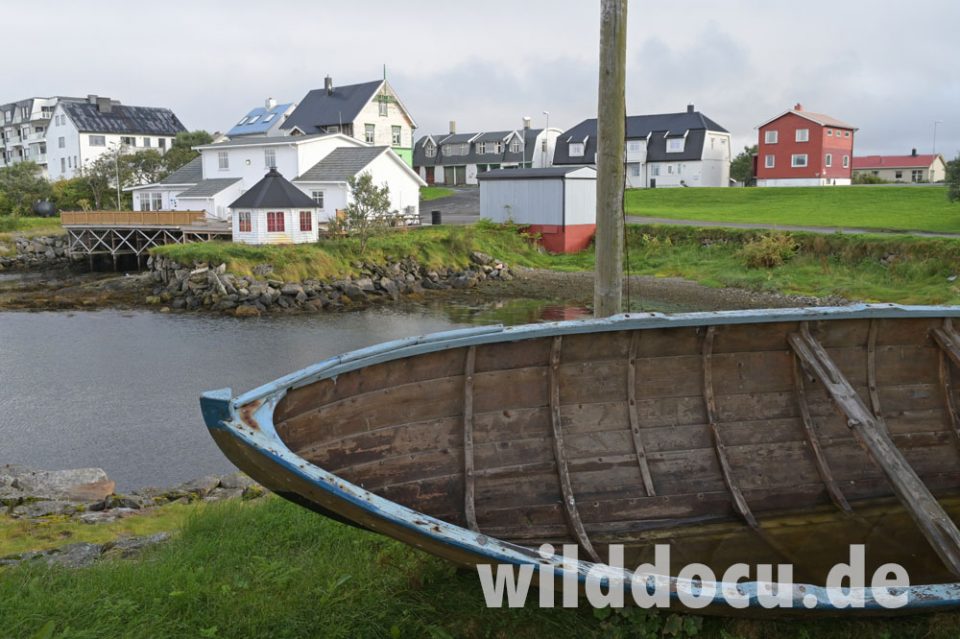
The person in charge tells me that until recently a River Otter has lived under the building. Later I talk to a girl who walks her dog. She tells me, that she sees otter in the harbour area about three times a week, when she is out with her dog. So I keep my eyes open.
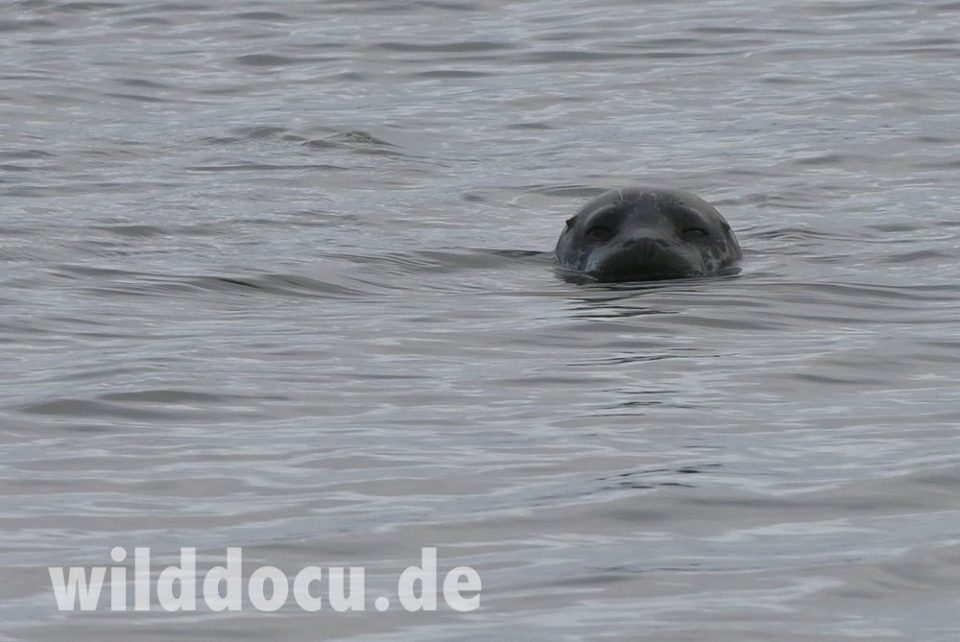
But first of all a Harbour Seal (Phoca vitulina) surfaces to check the surrounding. I climb the rocks and also glass the islets just outside the harbour. While I photograph an oystercatcher, I notice that something emerges right besides the bird, but only for a split second. It doesn’t show up again. Later, while checking my photos, I detect a partly concealed head of something. No doubt: It’s a River Otter (Lutra lutra).
22-08-29, Bleik: The next day we walk at the Bleik beach at low tide. And another River Otter gallops along the beach – in bright daylight, at 11:18 am. What a sight!
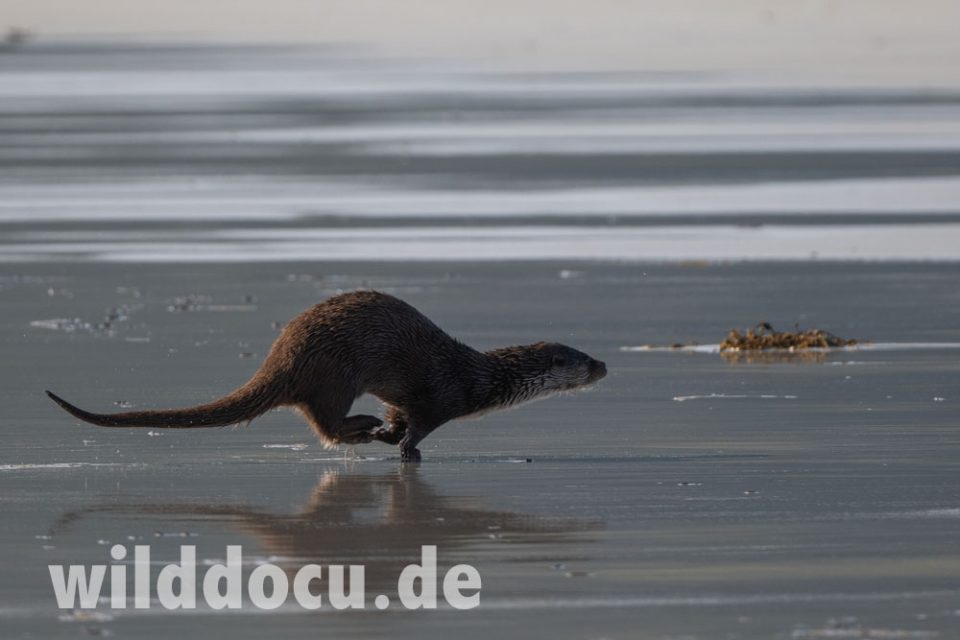
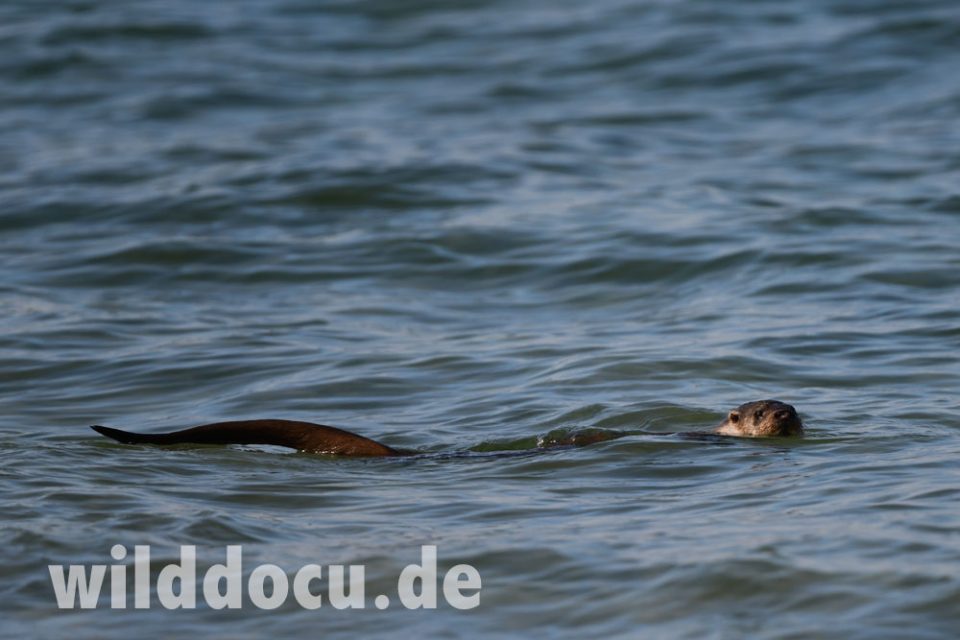
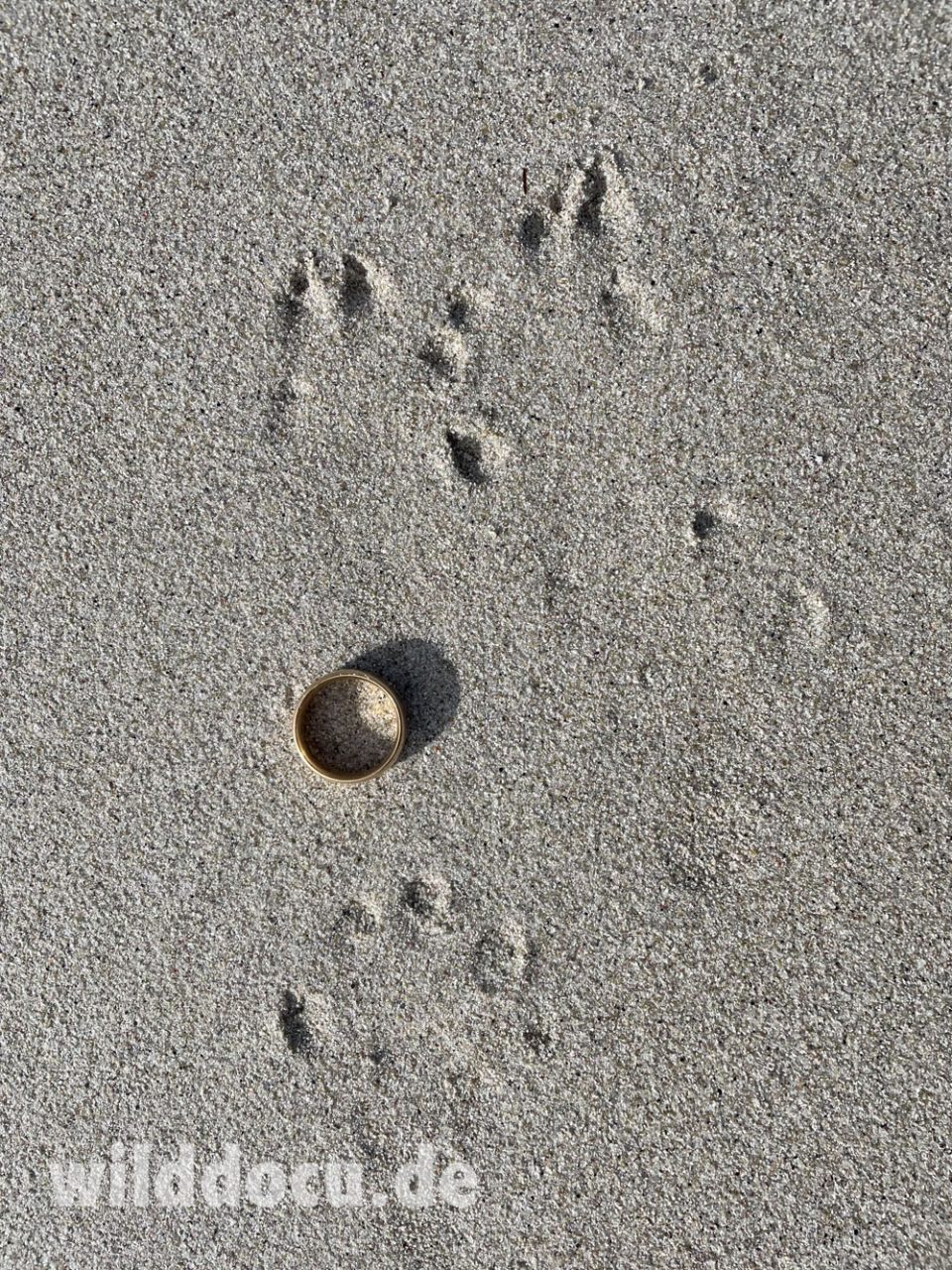
In the afternoon we go whale watching! It doesn’t take long and we are amidst a pot of 30 Orcas. And what can I say?! It is a blast – visually by all means, less though acoustically. People behind, in front and besides me are ralfing their guts out. But wow, the whales! We are so close, we can even see the raking on the dorsal fin of some individuals.
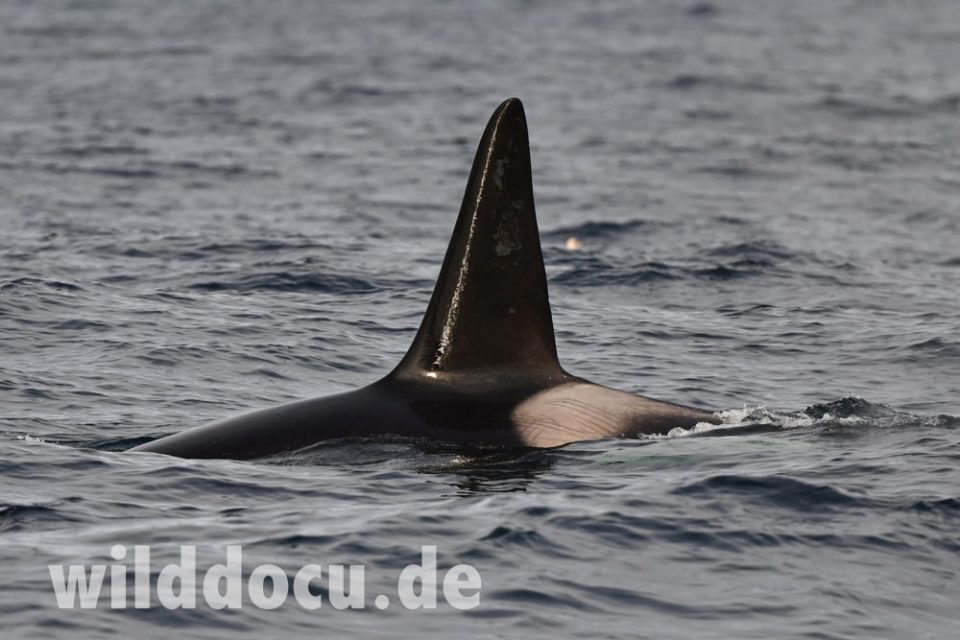
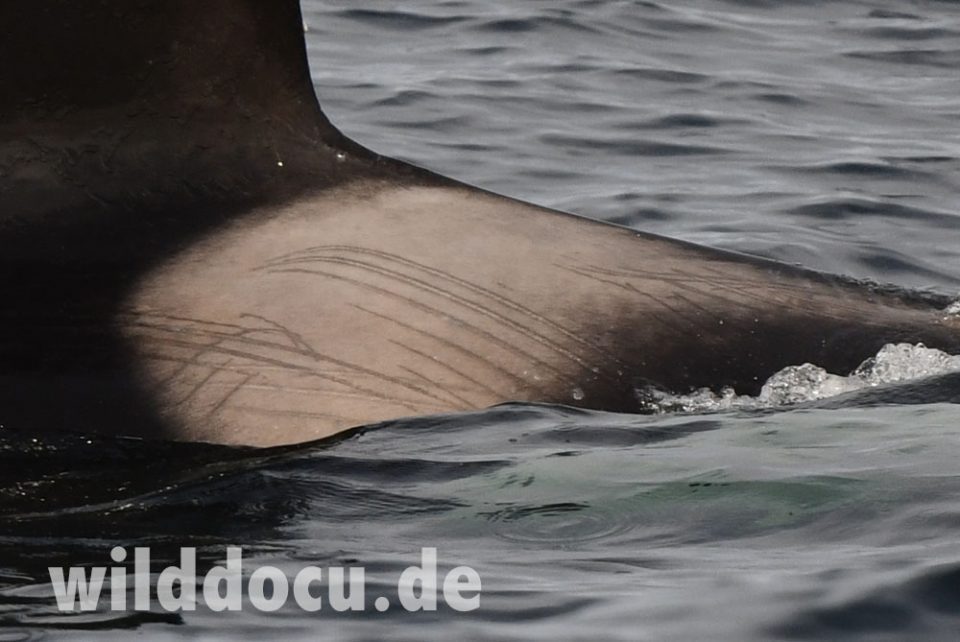
The gaps between the rakes match killer whale teeth. Furthermore: The Norwegian Orcas feed on fish rather than seals.
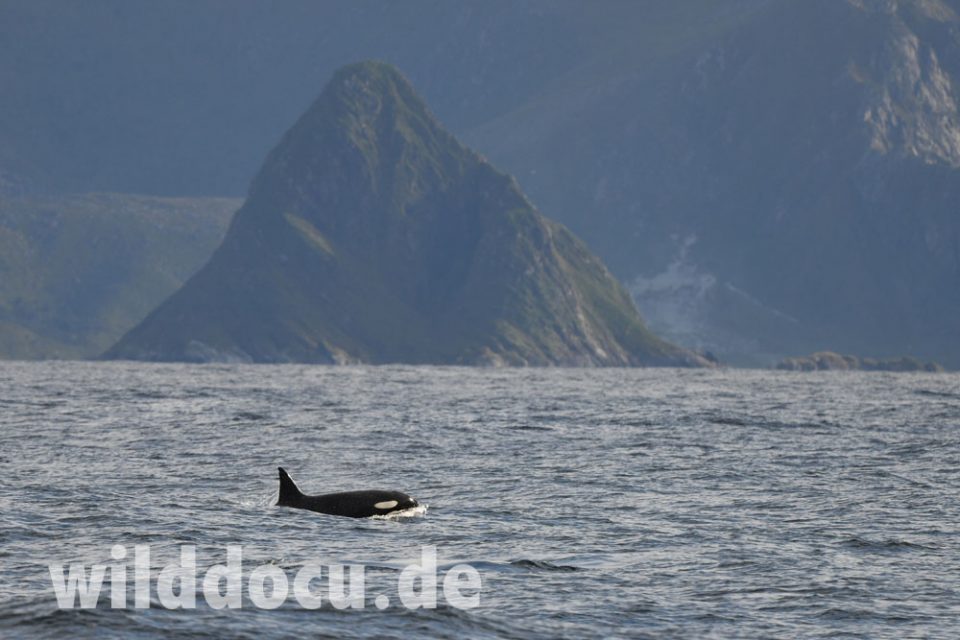
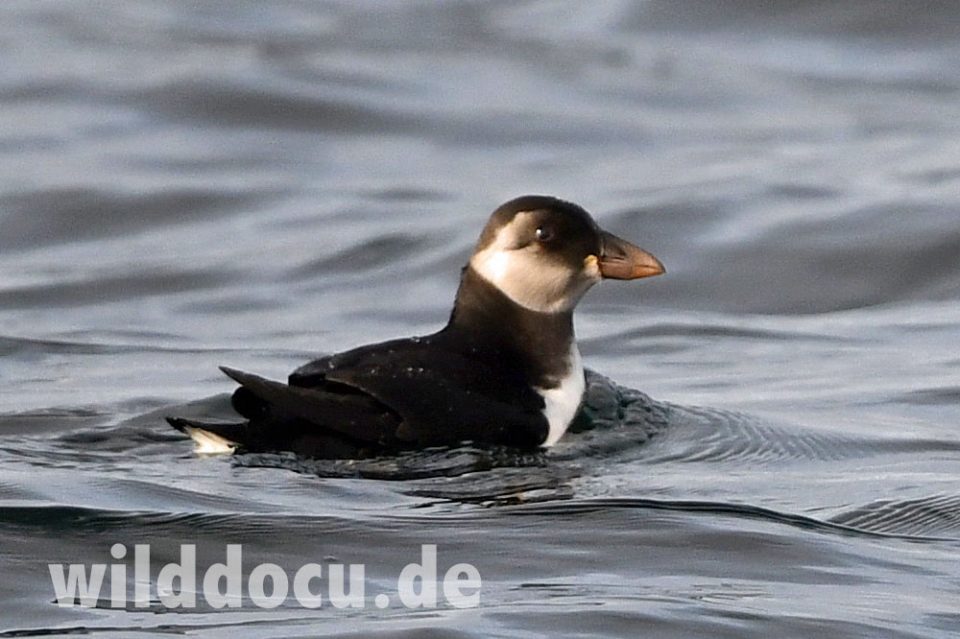
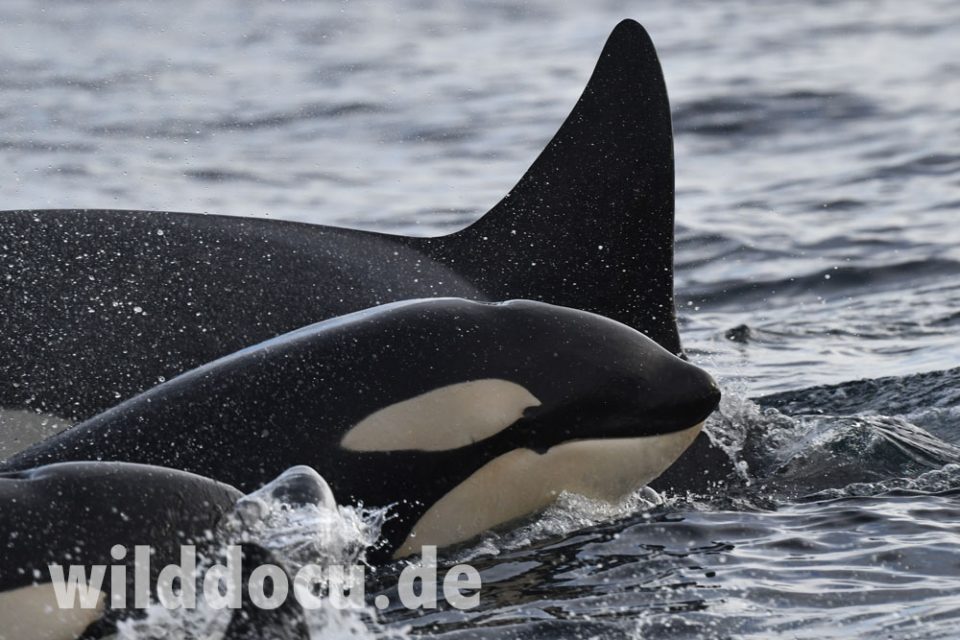
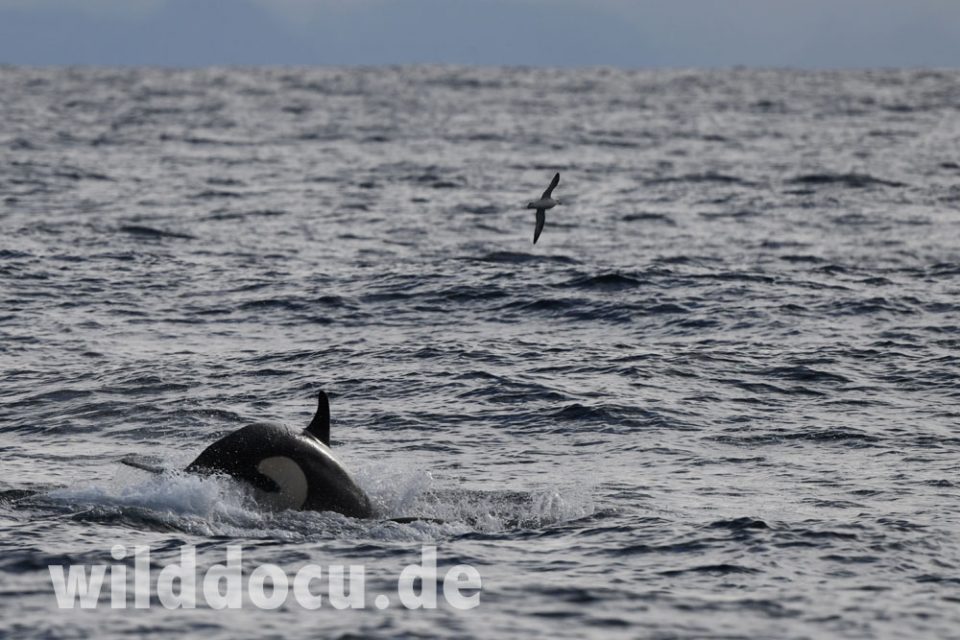
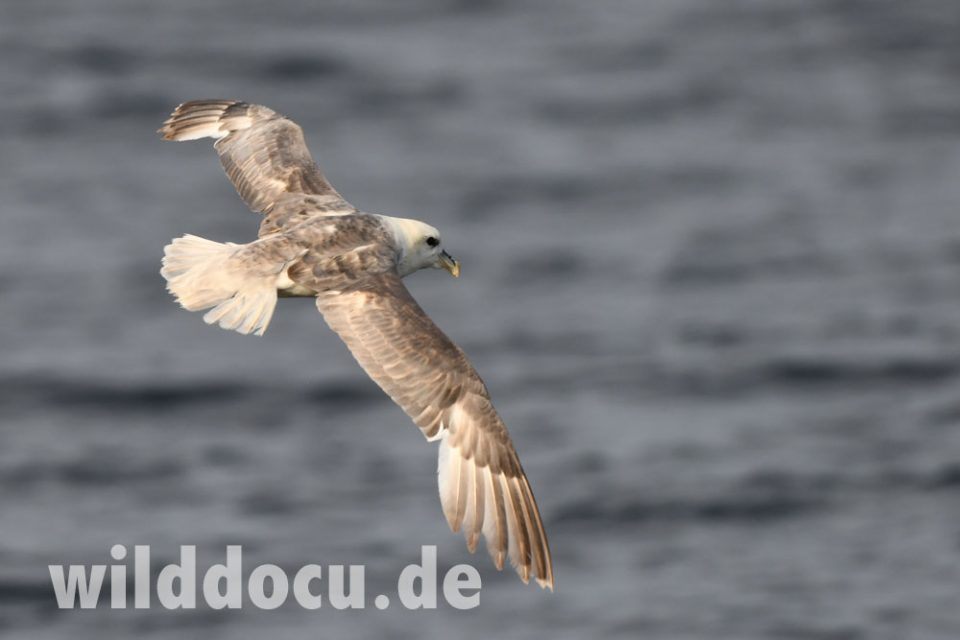
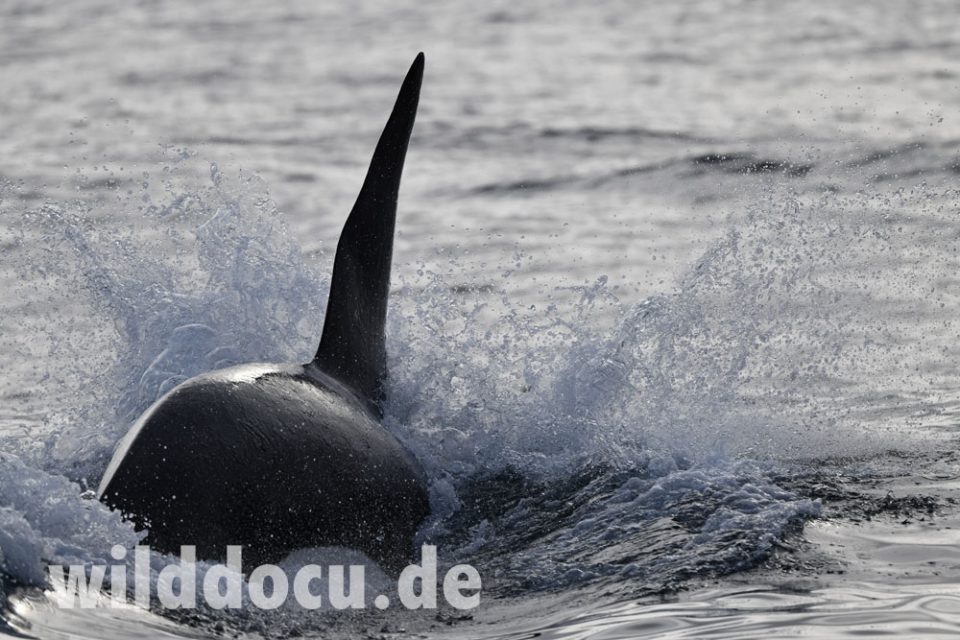
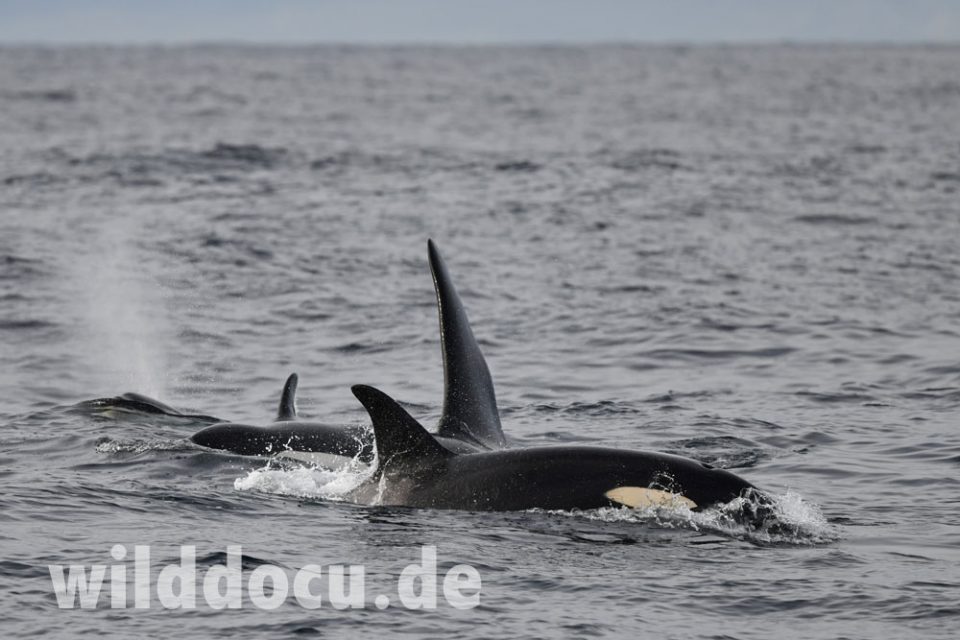
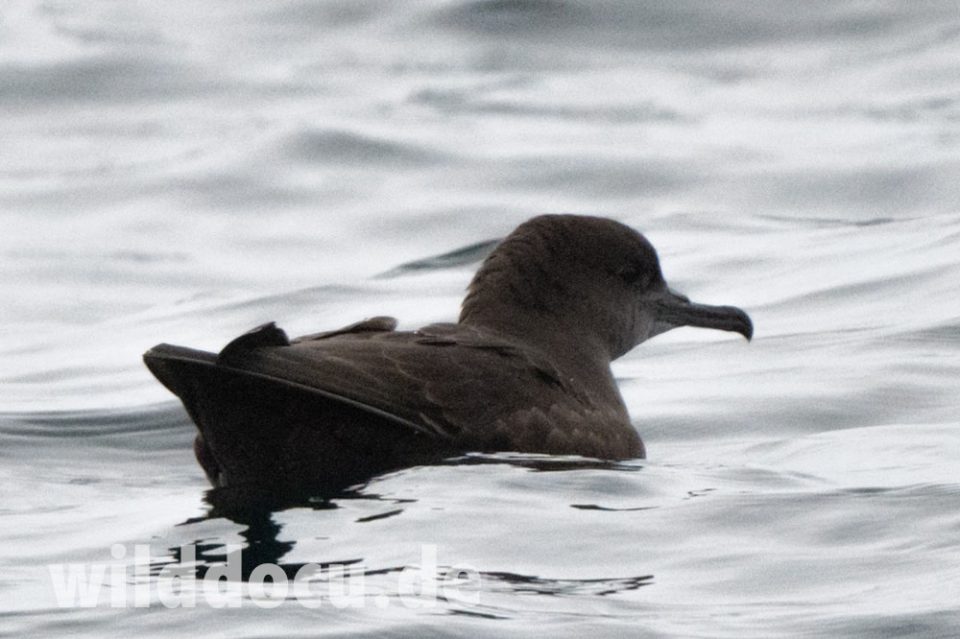
After the Orcas we finally get to see a Sperm Whale (Physeter catodon) – the highlight of the trip. Well, this is what I thought it would be. But although we are again very close and get to see the fluke very nicely, I have to say the Orcas stole the show.
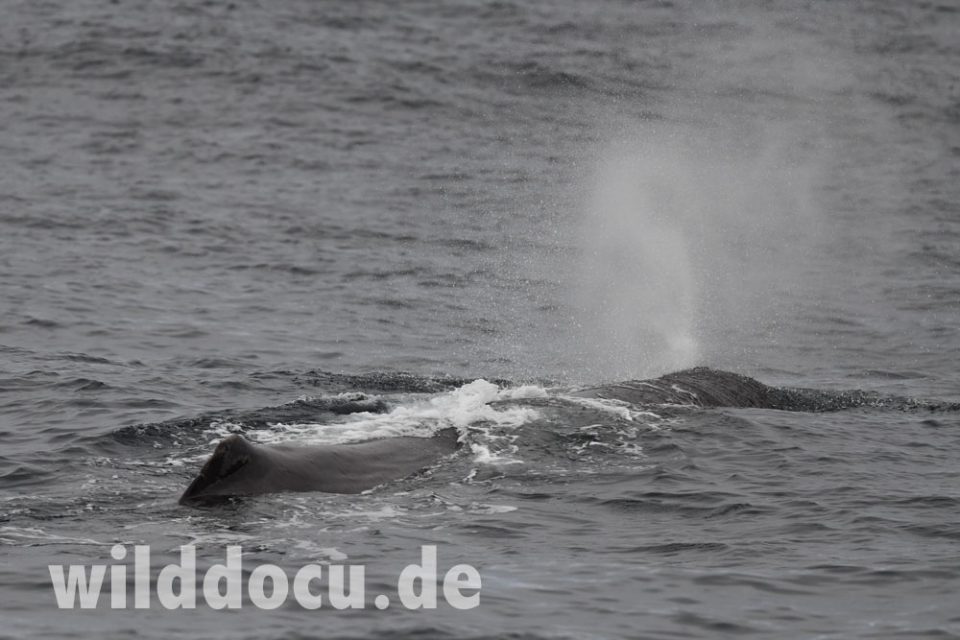
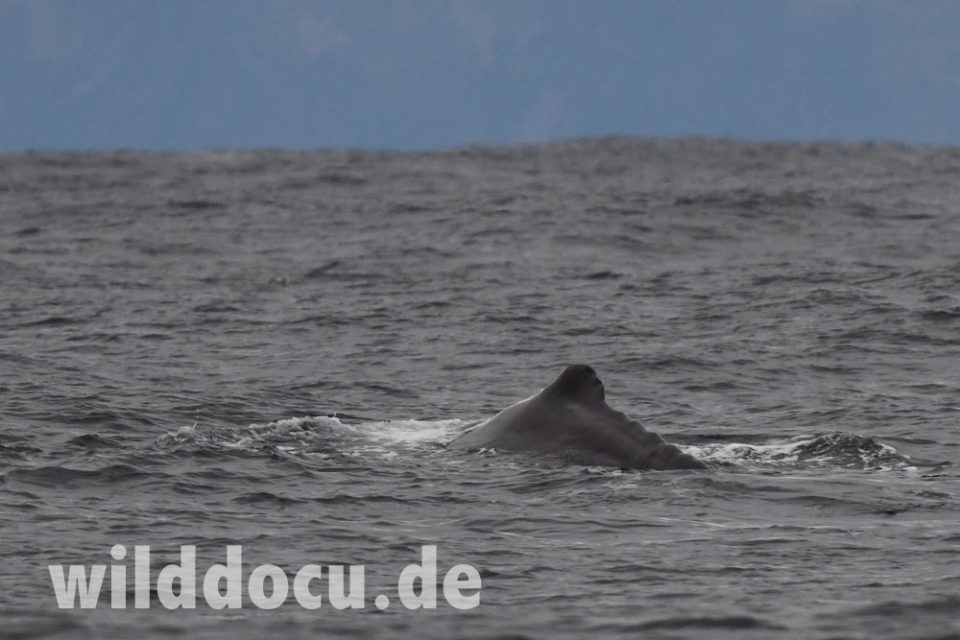
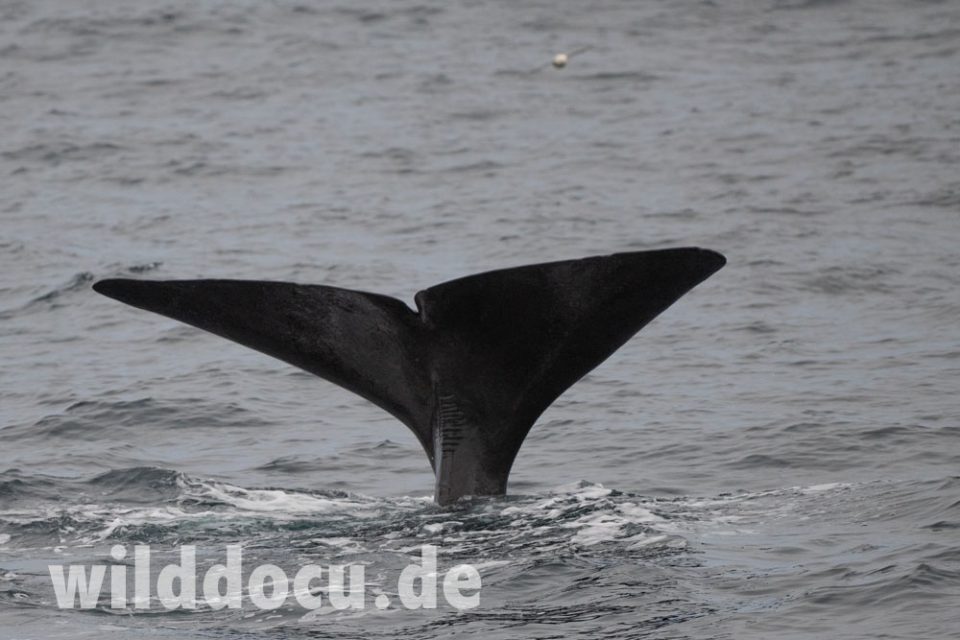
22-08-30, Andoya Westcoast: While driving along the coast we see a European Golden Plover (Pluvialis apricaria), some Whooper Swans (Cygnus cygnus) and get really good views of a White-tailed Eagle (Haliaeetus albicilla).
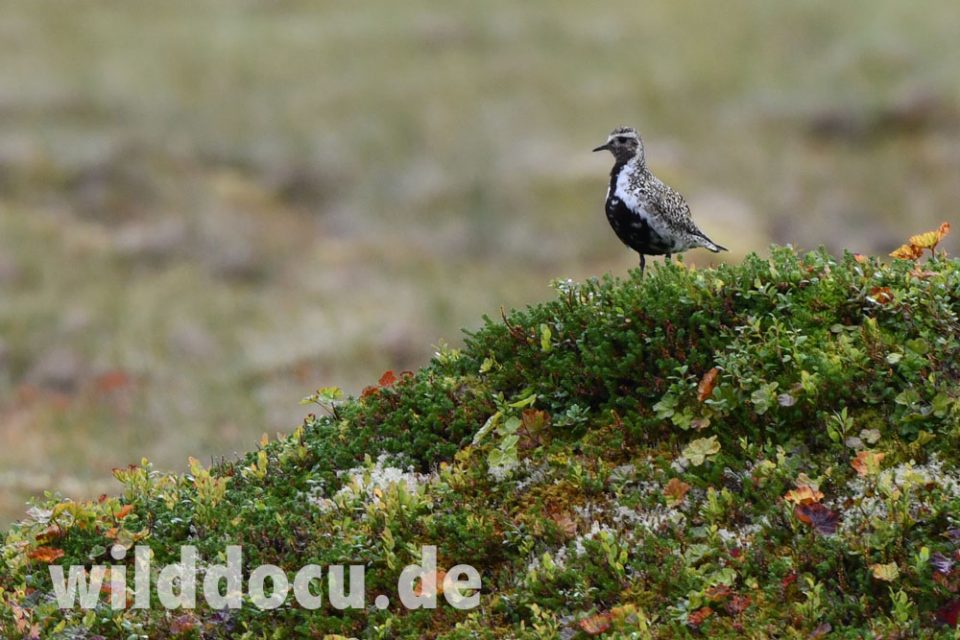
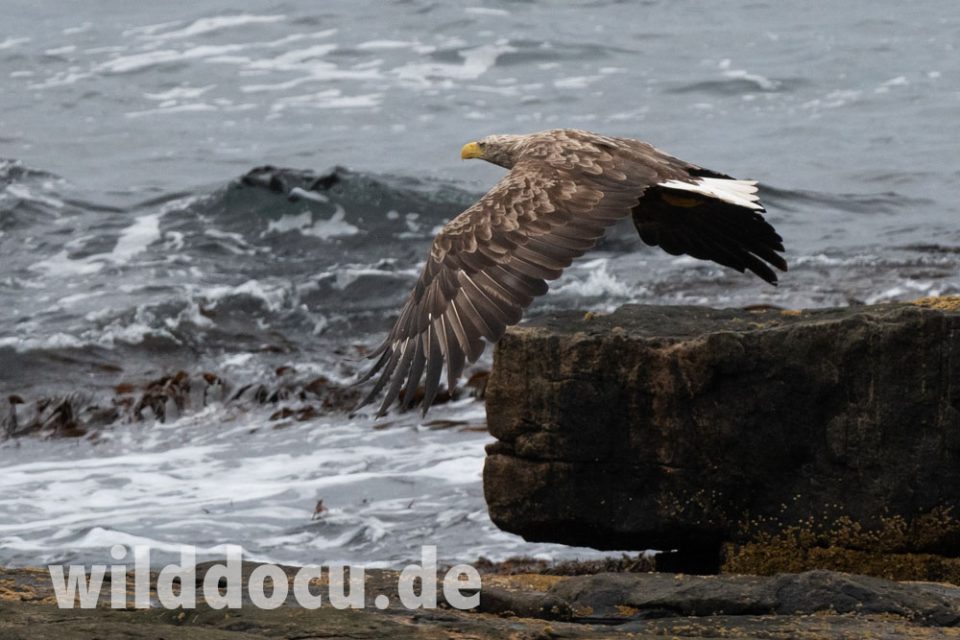
22-08-30, Nyksund:
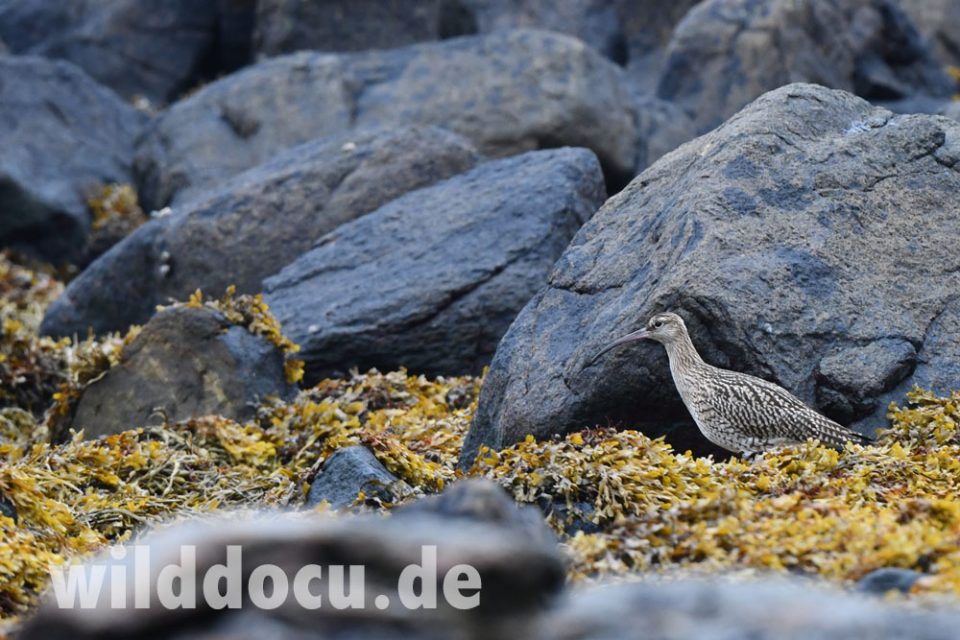
22-08-31, Dronningruta: We hike this famous trail without running into any mammals.
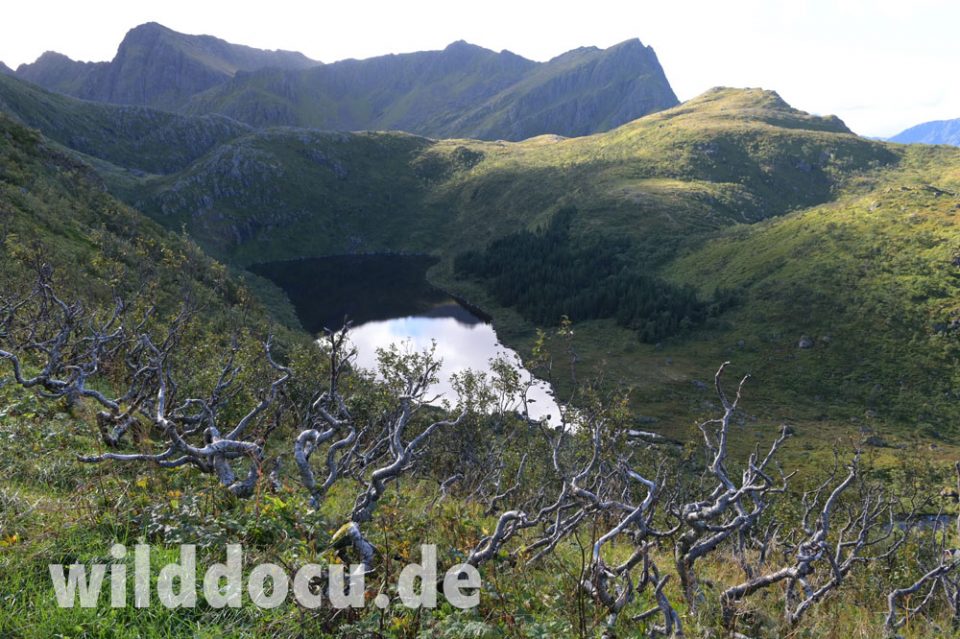
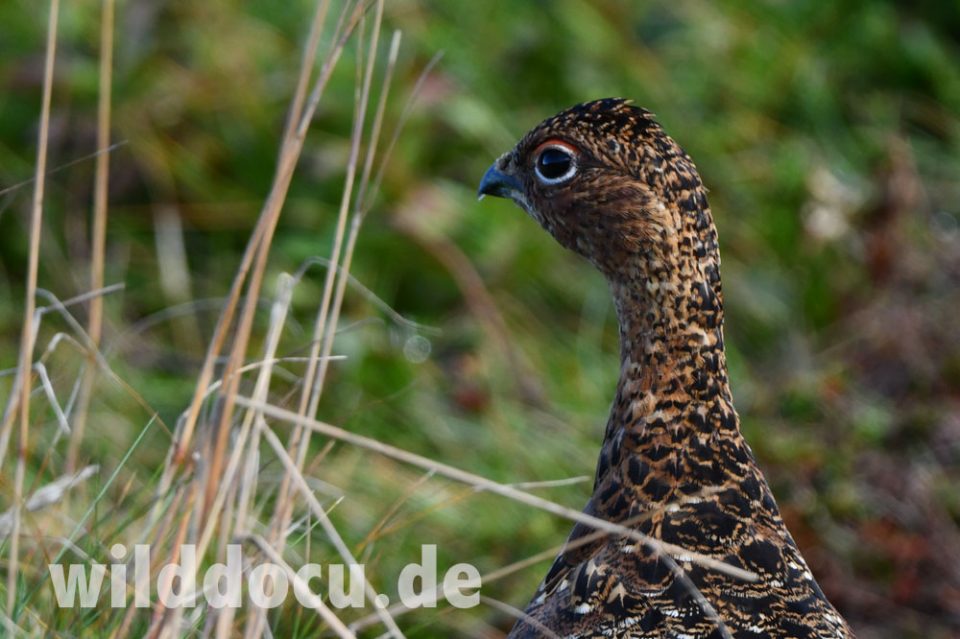
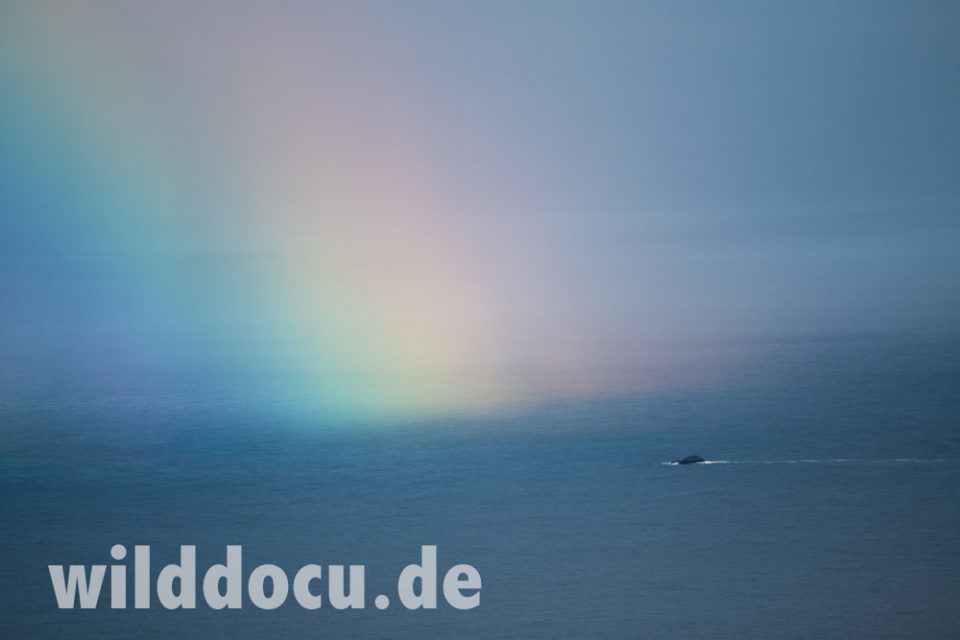
We would have liked to go whale watching again in Stø. But on the last day of August the business was already closed.
22-09-01, on the ferry between Melbu and Fiskebøl : During the crossing between Vesteralen and Lofoten we see a whale surfacing. (Sorry, no photo! I usually prefer to do my settings manually. In this situation this was a disadvantage. Because of wrong settings the picture became overexposed.) According to the size and the position of the dorsal fin it should have been a Minke Whale (Balaenoptera acutorostrata).
22-09-02, Uttakleiv Beach:
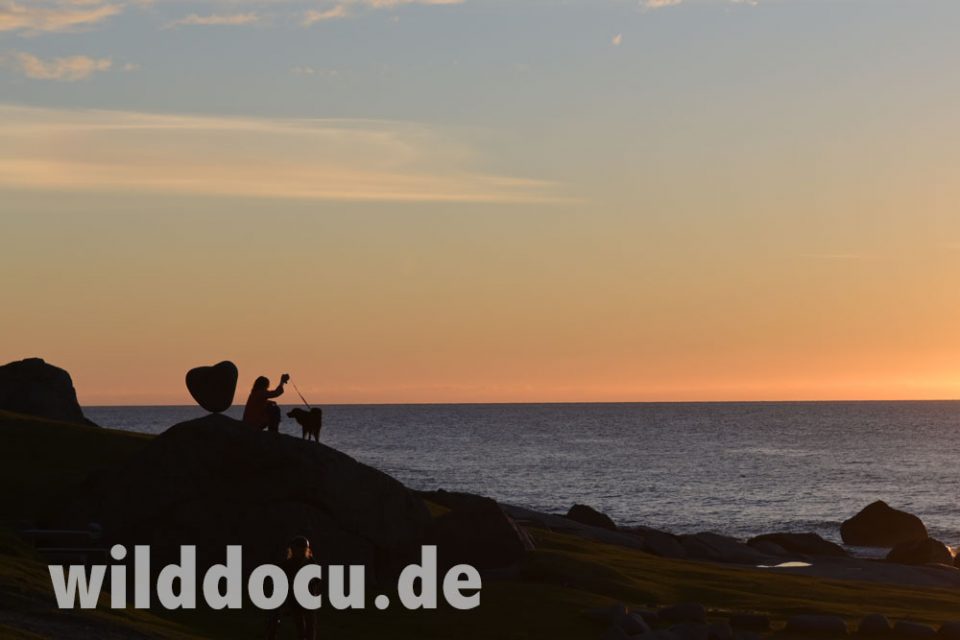
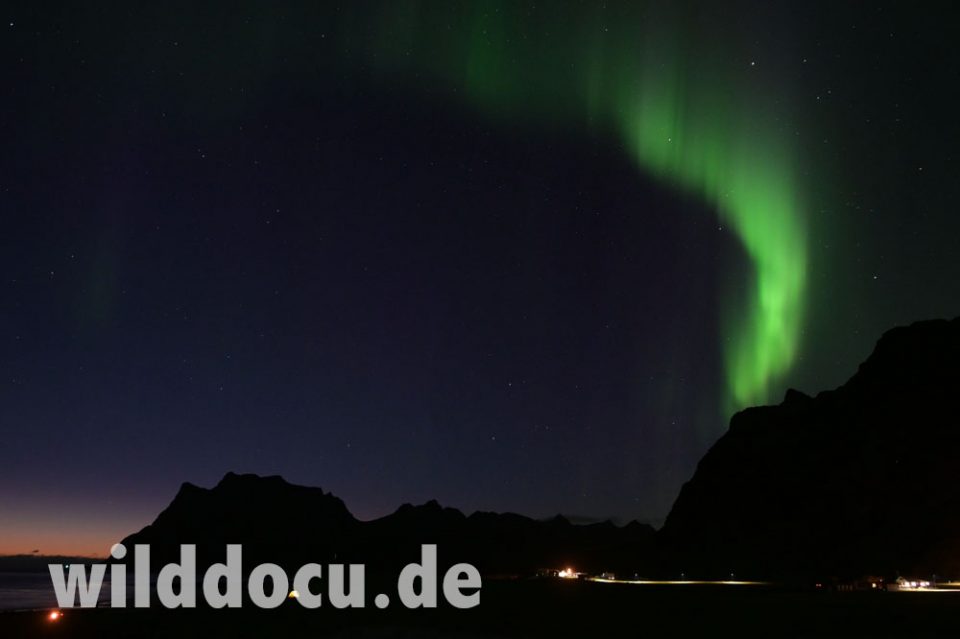
22-09-03-1, Nusfjord: While we walk through this nice village, where almost every house is a museum, I see an American Mink (Mustela vison) running through kelp-covered rocks. I wait for 20 minutes at the site, where the fellow had disappeared. It doesn’t show up again.
22-09-03, Yttresand / Yttersand. We walk a coastal path north of that settlement: While we hike – mainly on peat soil – a shrew follows the trail section in front of me for a few split seconds. I recognize instantly that it is a Sorex shrew (pointed snout, small ears). Up here (68.110891, 13.140982) no Crocidura shrews occur. I also notice a somewhat lighter, brown-reddish fur colour, lighter compared to Common and Pygmy Shrew as shown in “Mammals of Europe” (Aulagnier et al., 2008) So the Laxmann’s Shrew (Sorex caecutiens) or Masked Shrew seems to be a likelier candidate, although I can not see the underside of the specimen, which is lighter than in Common and Pygmy Shrew. Very few photographs of that species exist, and I could not find any scientific papers that have dealed with the mapping of shrews on the Lofoten Islands.
Bird of the day is a seemingly clueless Wheatear (Oenanthe oenanthe) that I can approach closer than the minimum distance of my lens allows.
22-09-04 Lofotodden-NP: We hike to Whalebay, a fantastic, but also very popular place.
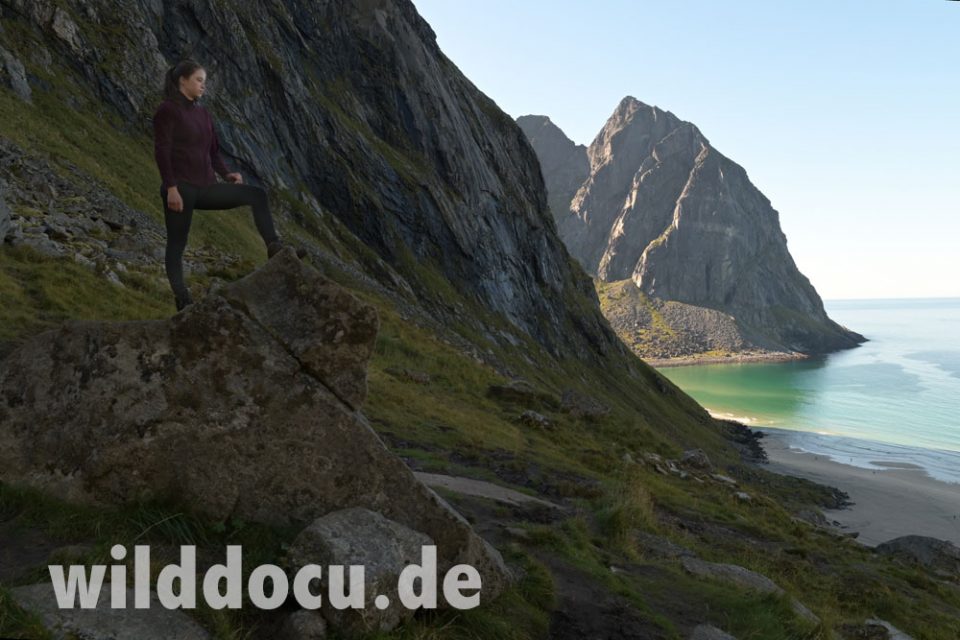
On the way back I am overtaken by a Stoat (Mustela erminea). I almost step on it. Five metres next to the trail it poses nicely on a rock. Birds of the day are a Black Guillemot (Cepphus grylle), a Common Ringed Plover (Charadrius hiaticula) and a Merlin female (Falco columbarius) chasing a Hooded Crow (Corvus cornix).
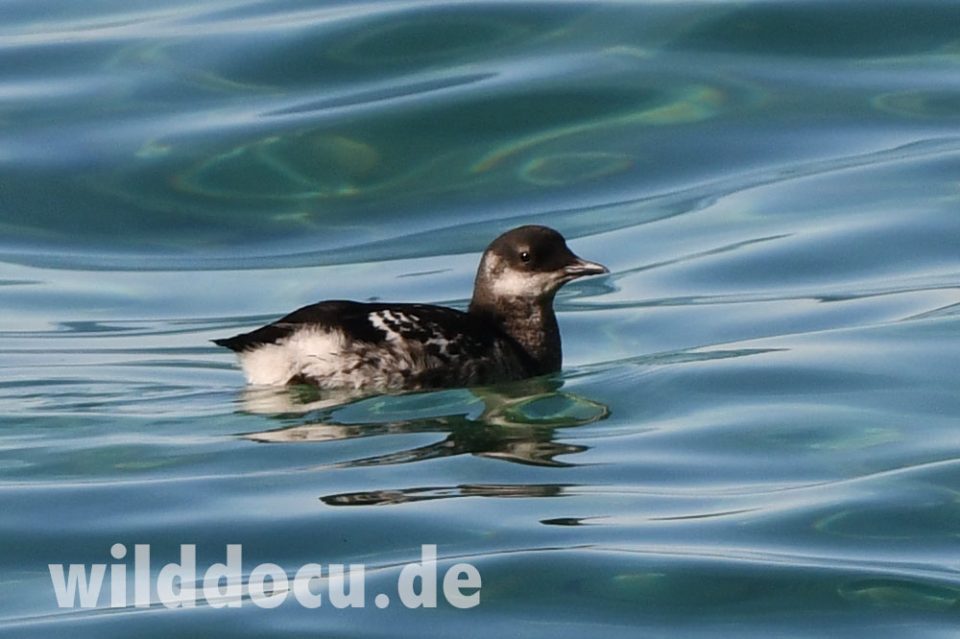
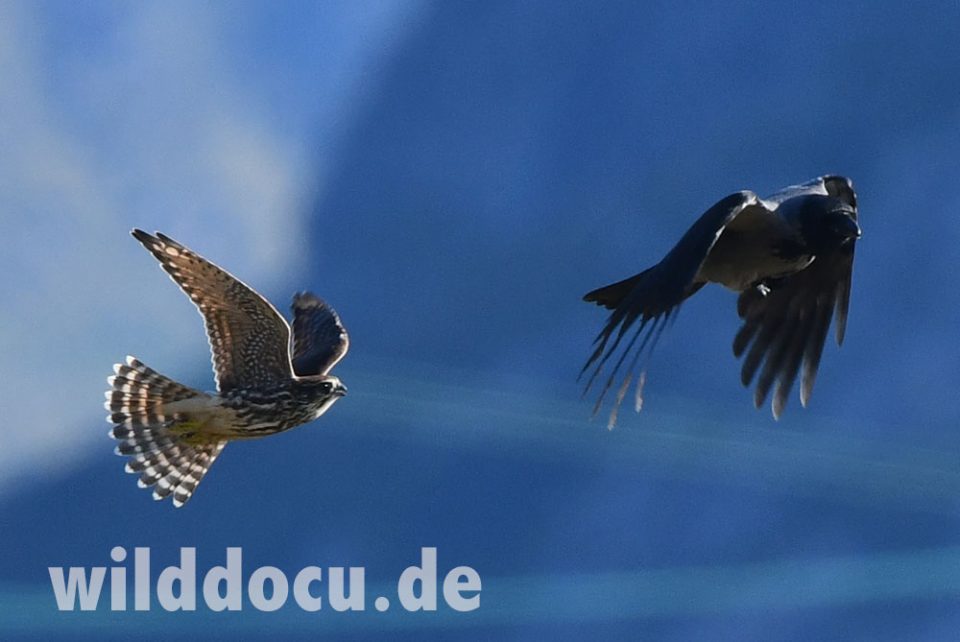
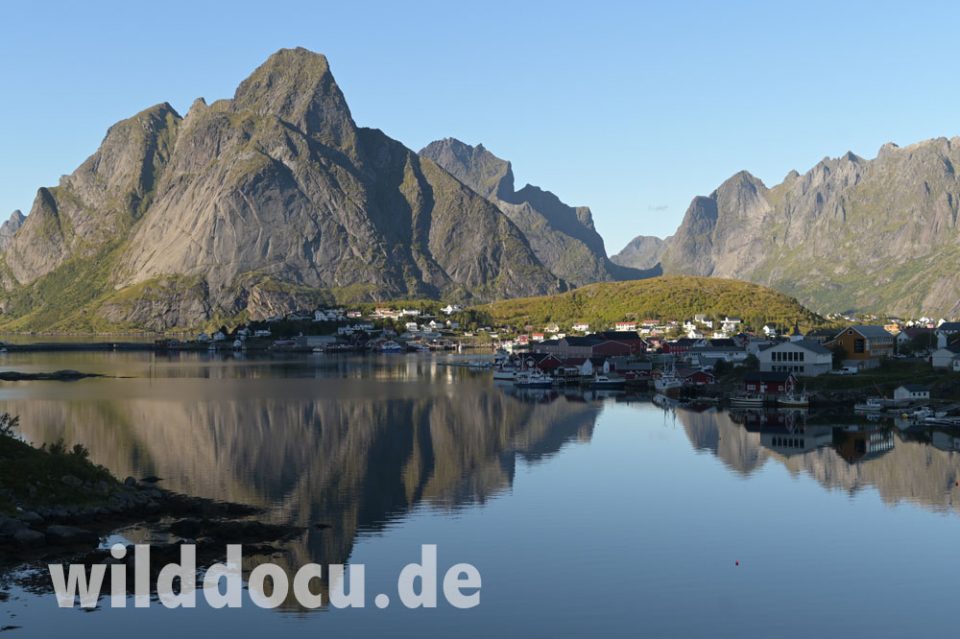
22-09-04, Ferry Moskenes-Bodø: The ferry in the afternoon is booked out, so we have to take the evening-ship. The atmosphere is very nice, but …
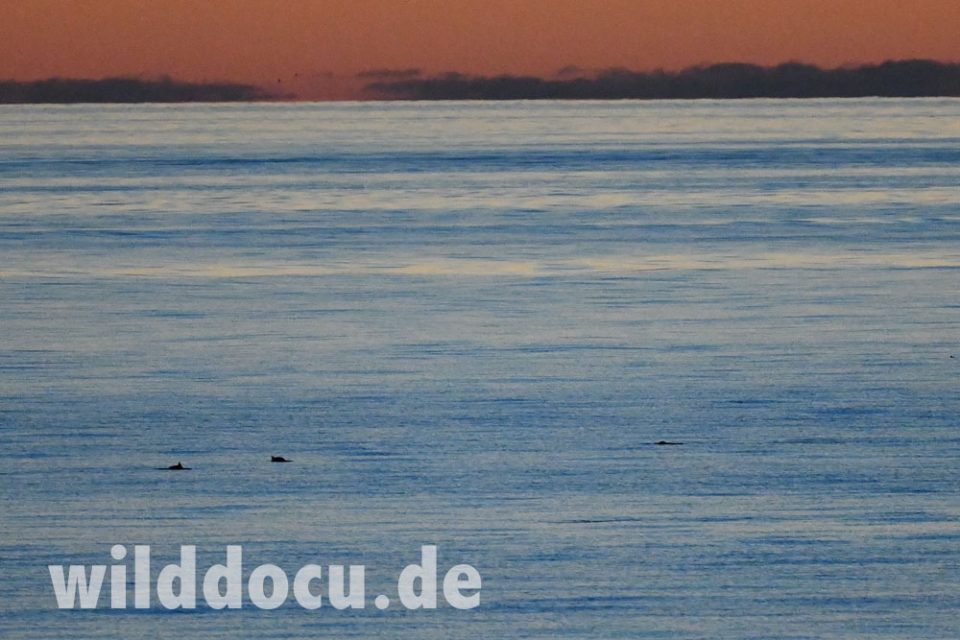
I see two pairs of small cetaceans. Because of the darkness and the far distance, I don’t know what I am taking pictures of. Just later I find out that the little dots on the ocean are Harbour Porpoises (Phocoena phocoena).
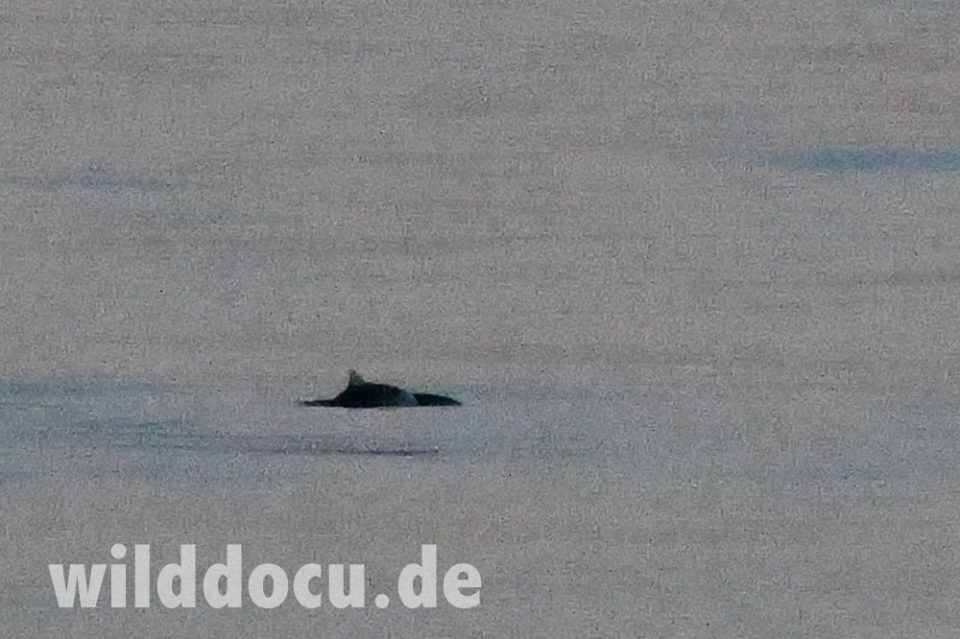
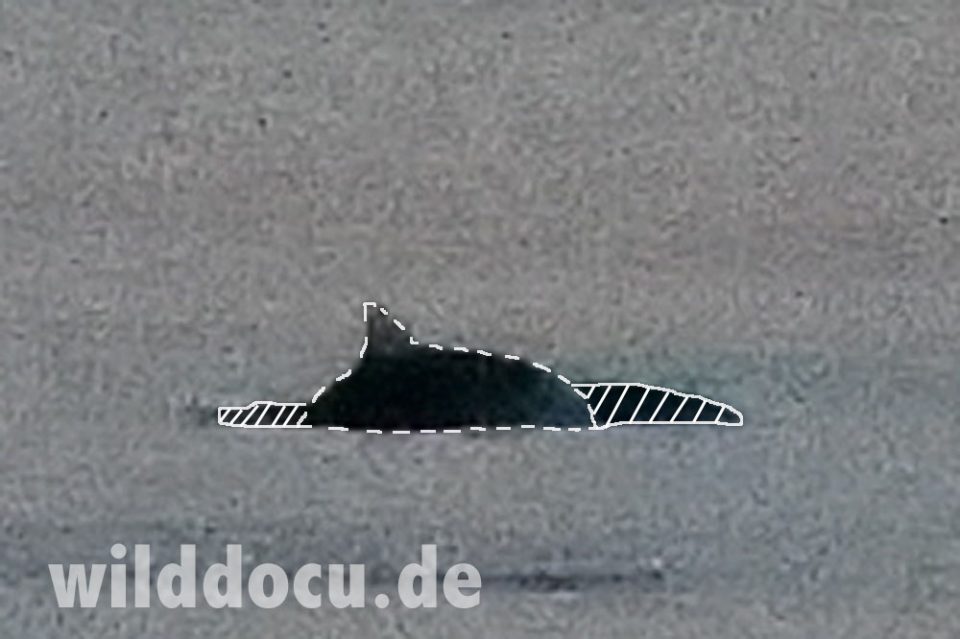
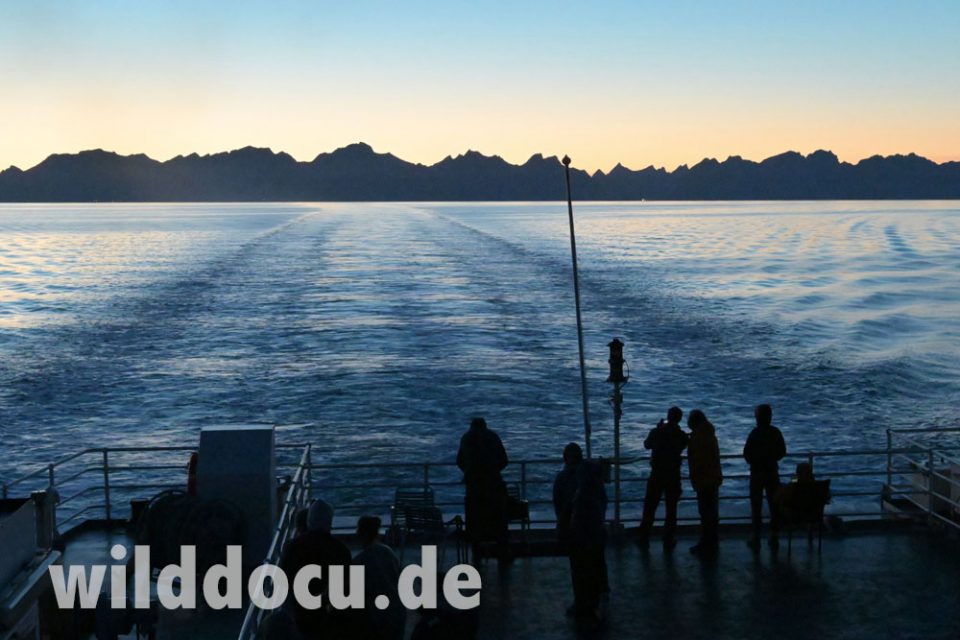
22-09-05, Polar circle: We see domestic Reindeer from the road and a very cool Capercaillie (Tetrao urogallus).
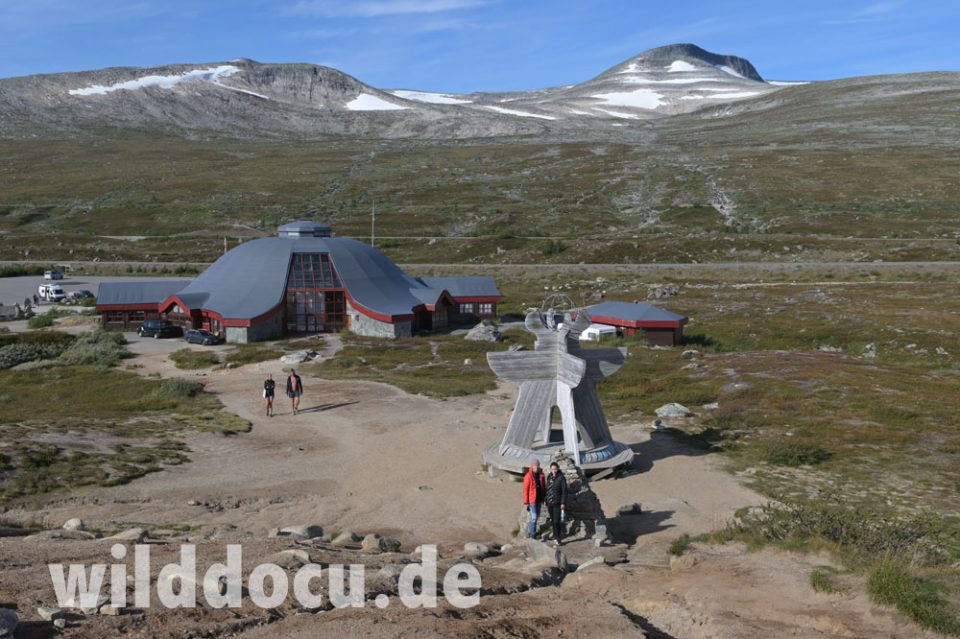
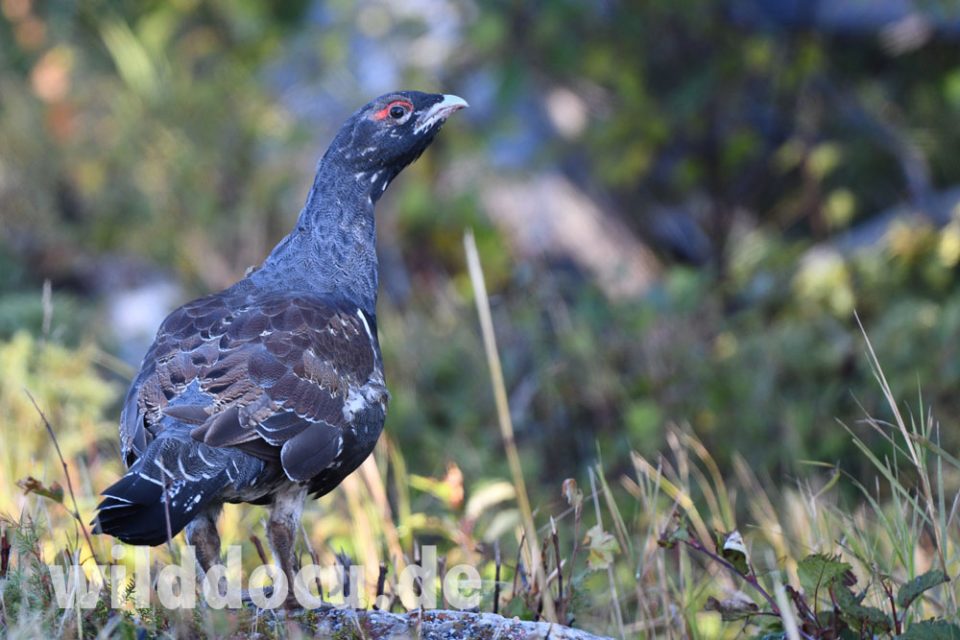
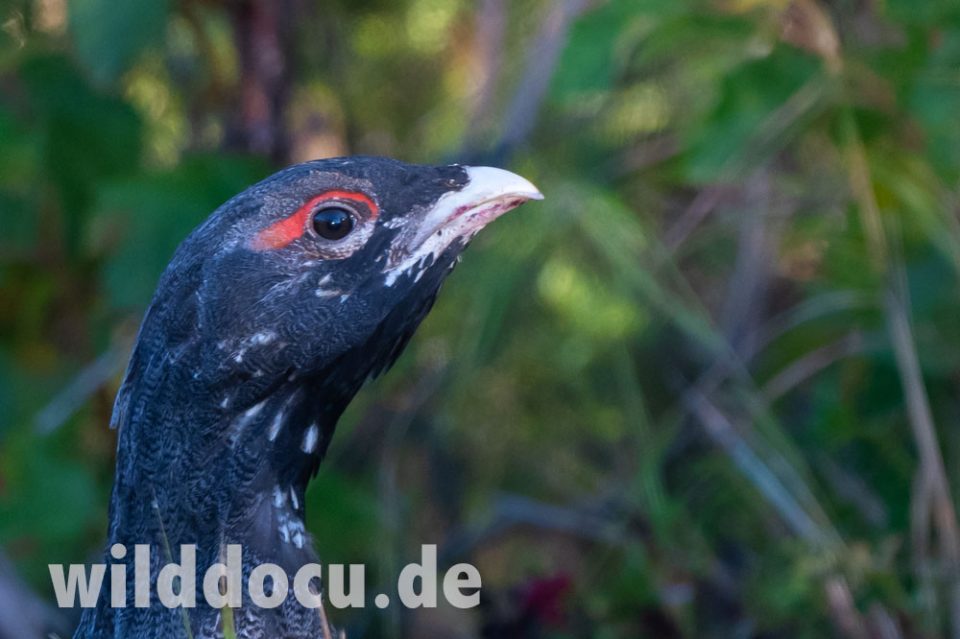
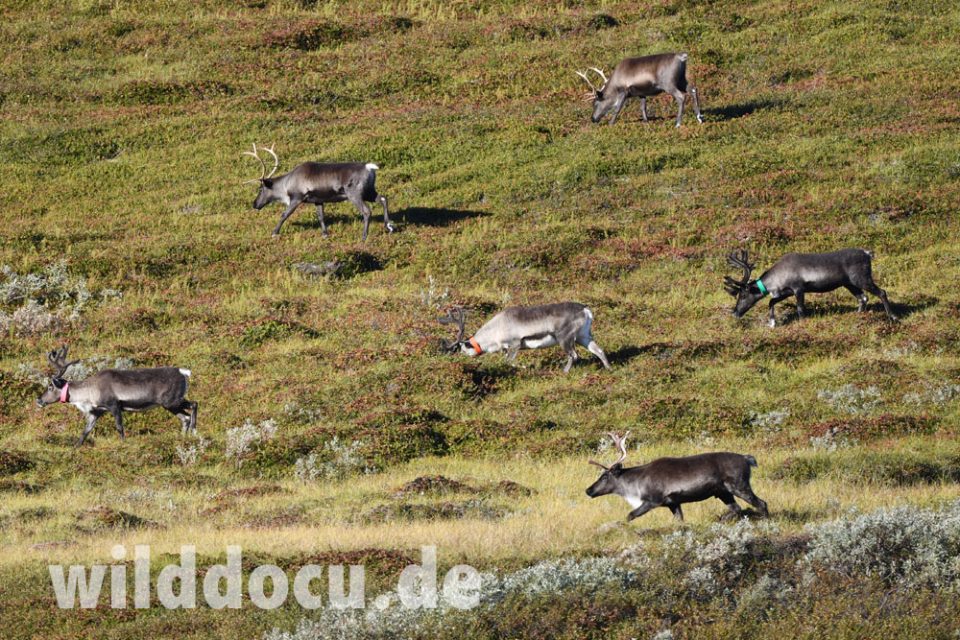
We camp at a lake near Hattfjelldal. Upon arrival at 19:02 at 65.644, 13.901 (just south of the Arctic Circle) we see a mystery mammal crossing the lake.
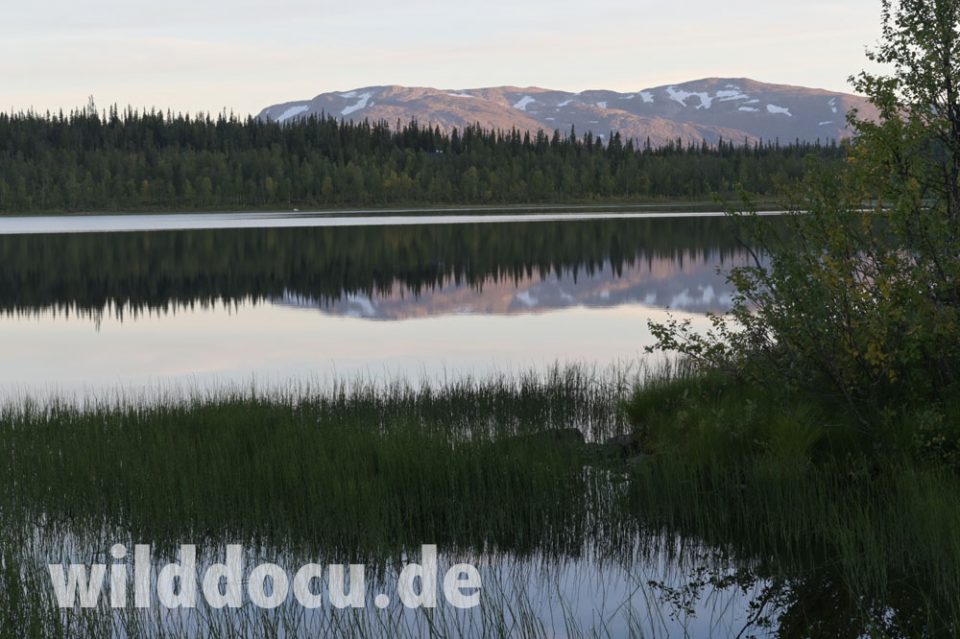
It is about 200 metres away; I photograph it with my 500 mm lens. It swims close to a square angle to my visual axis – maybe with a 12° divergence. Travel speed is slow. The animal never dives. The tail is not used for propulsion.
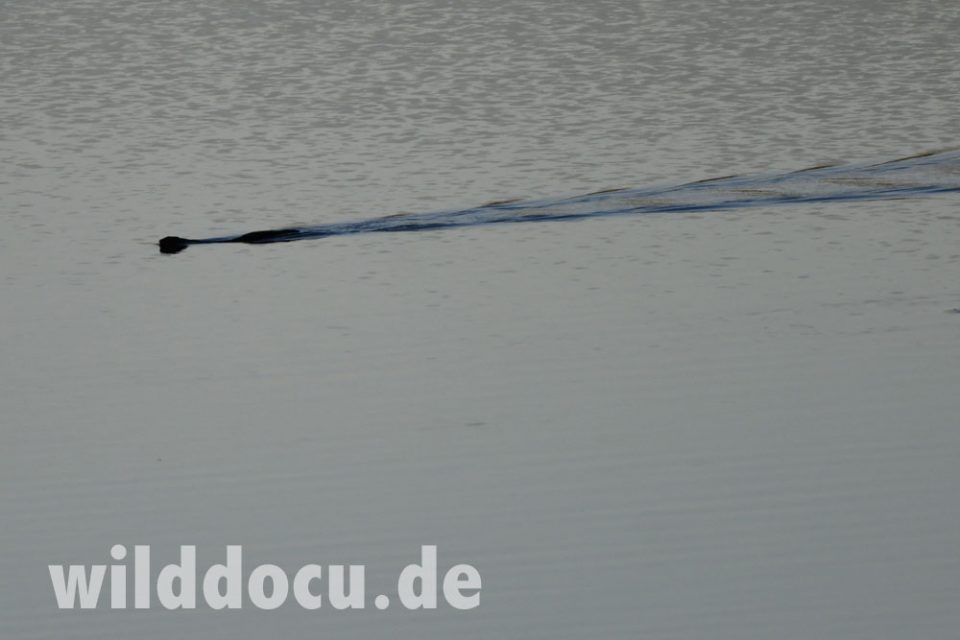
Head, back and tail are visible. The way the body parts are outlined, it can only be a rodent or a carnivore. (I never get to see the animal on land.)
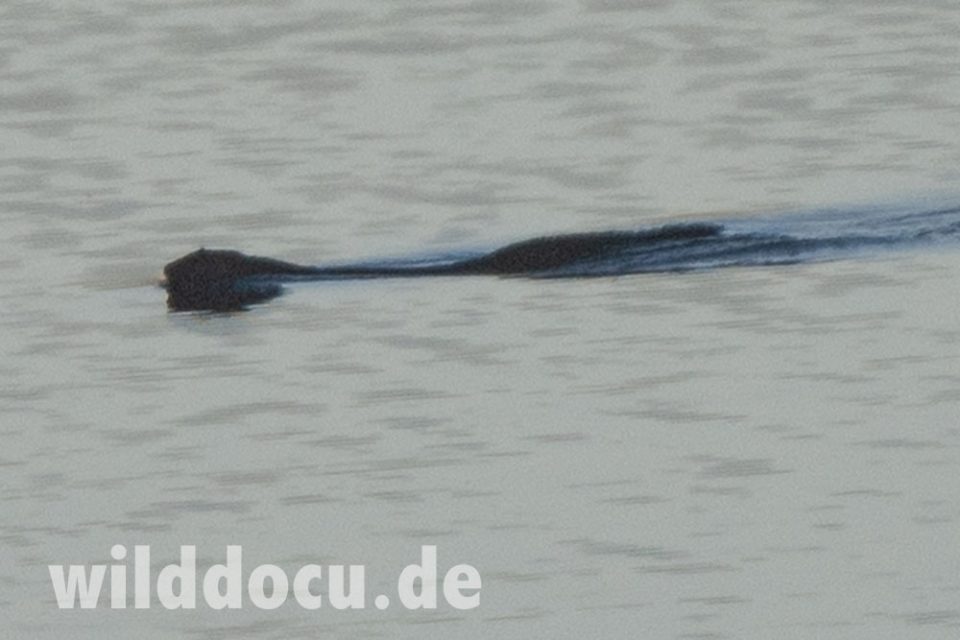
Because of the distance and the bad light I am cautious what the size concerns. I would say larger than a rat and smaller than a polar fox.
The animals’s head is conical. Ears are small. The back line lies deeper than head and pelvis. The tail length is only one third of the body length (because of the 12° divergence it appears even shorter). In the magnification you can guess that the tail has off-standing hairs (although the fur must be wet).
Because of distribution / latitude I exclude raccoon, wild cat, polecat, stone marten. Because of body outline and mode of swimming I exclude musk rat, beaver and river otter. Because pine marten have a longer tail and since I assume martens swim only rarely (no photos of swimming martens in the internet available), I exclude this species as well. So for me there is only one species left: American Mink (Mustela vison). This evaluation is shared by members of the „Mammal watching Europe group“ on Facebook.
22-09-06 and 07, Fokstumyra Nature Reserve: We see four Eurasian Elk (Alces alces).
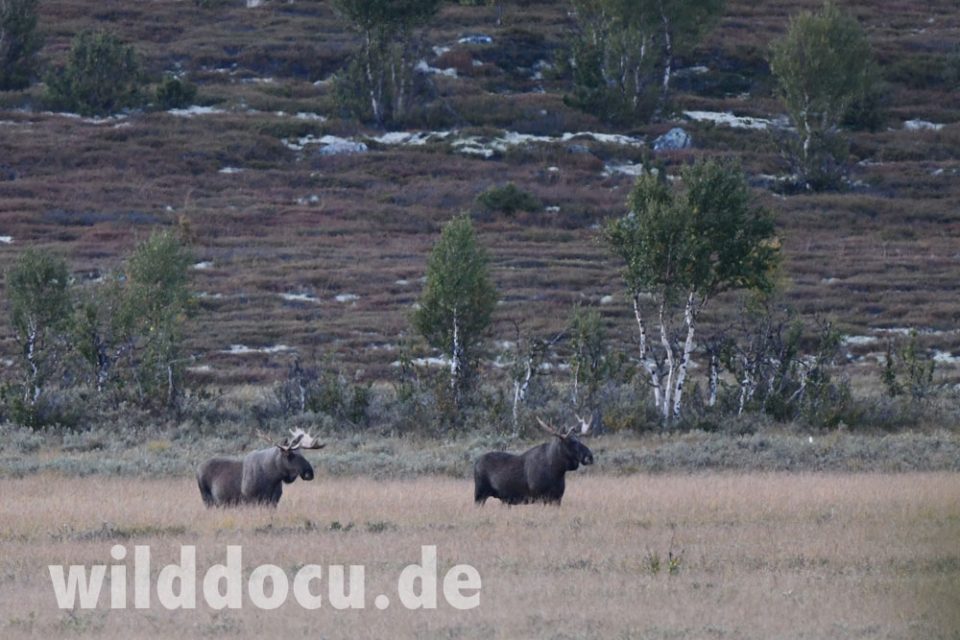
22-09-07, Dovrefjell: Six Musk Oxen (Ovibos moschatus) are observed from Snohetta viewpoint. This time we don’t take the time to get closer. Find more infos on the park’s Musk Oxen in my report from 2019.
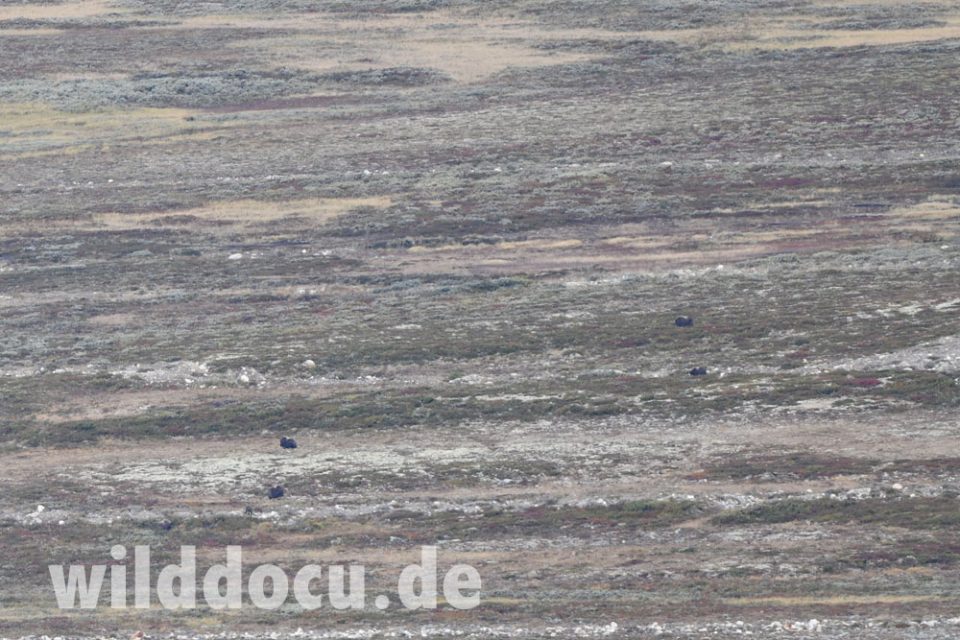
22-09-08, Oslo: Bogstad Gard is a very nice park close to the city. It would be worth to spend a night there to search for mammals. I visit the park in the morning and see two Red Squirrels (Sciurus vulgaris).
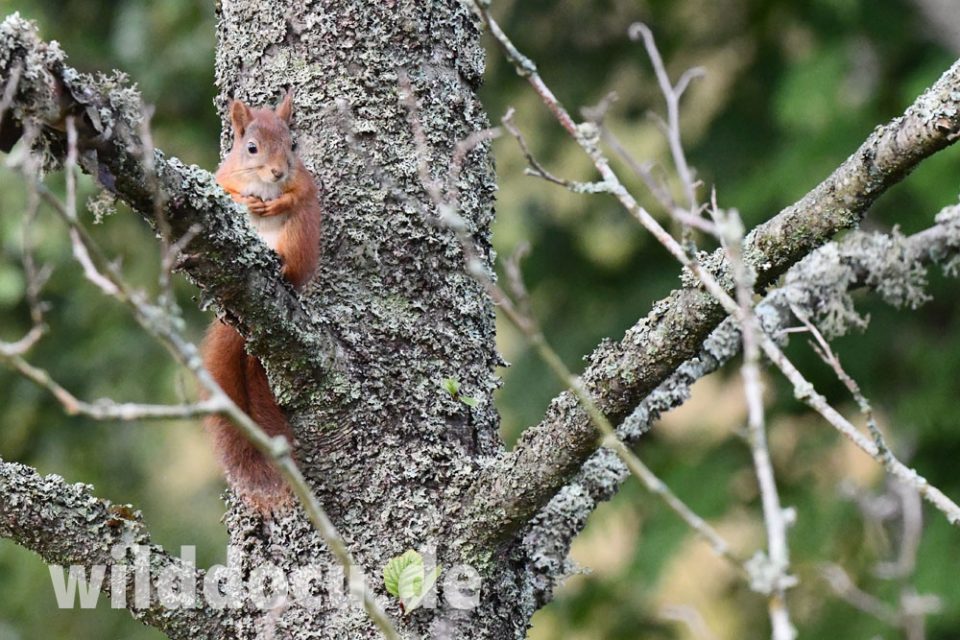
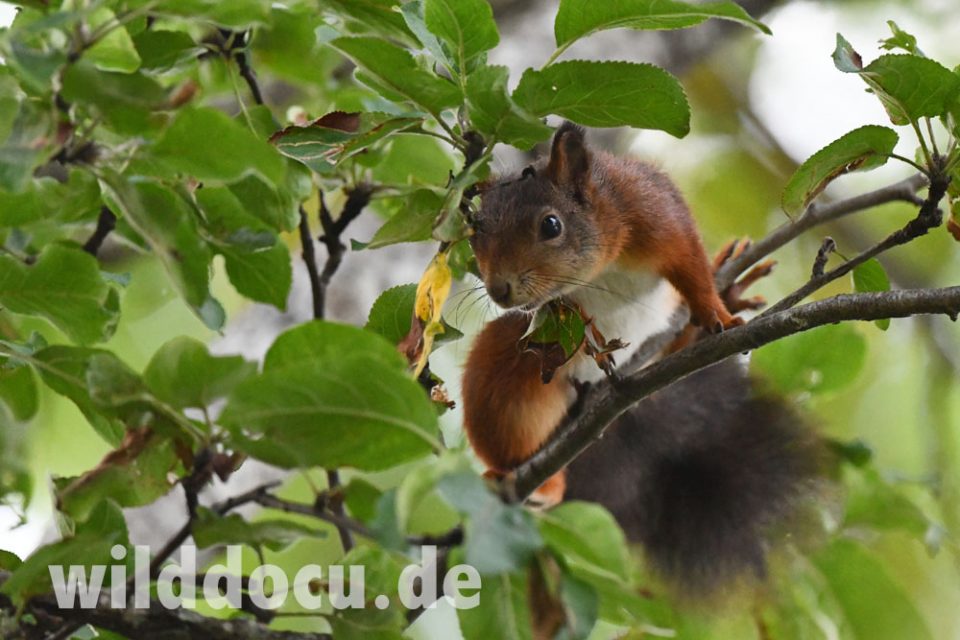
That’s it. Great trip!
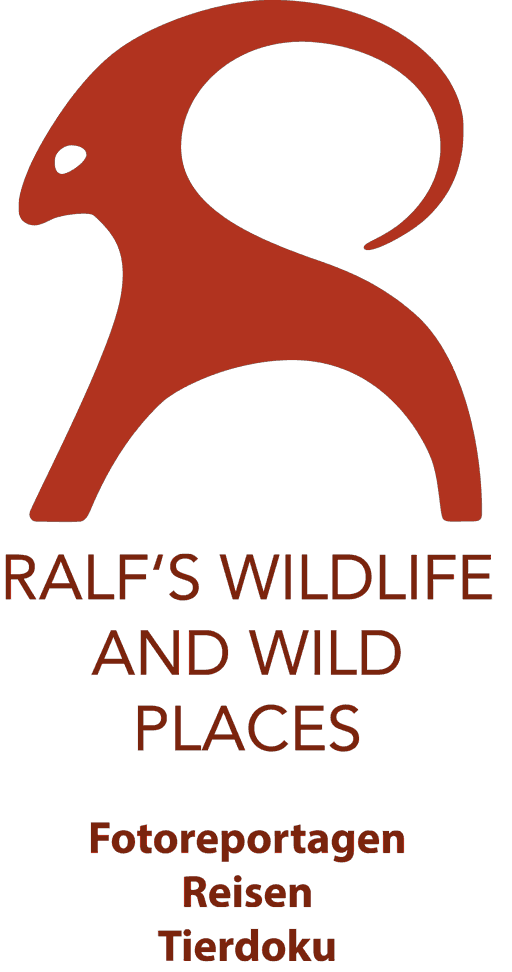

Schreibe einen Kommentar